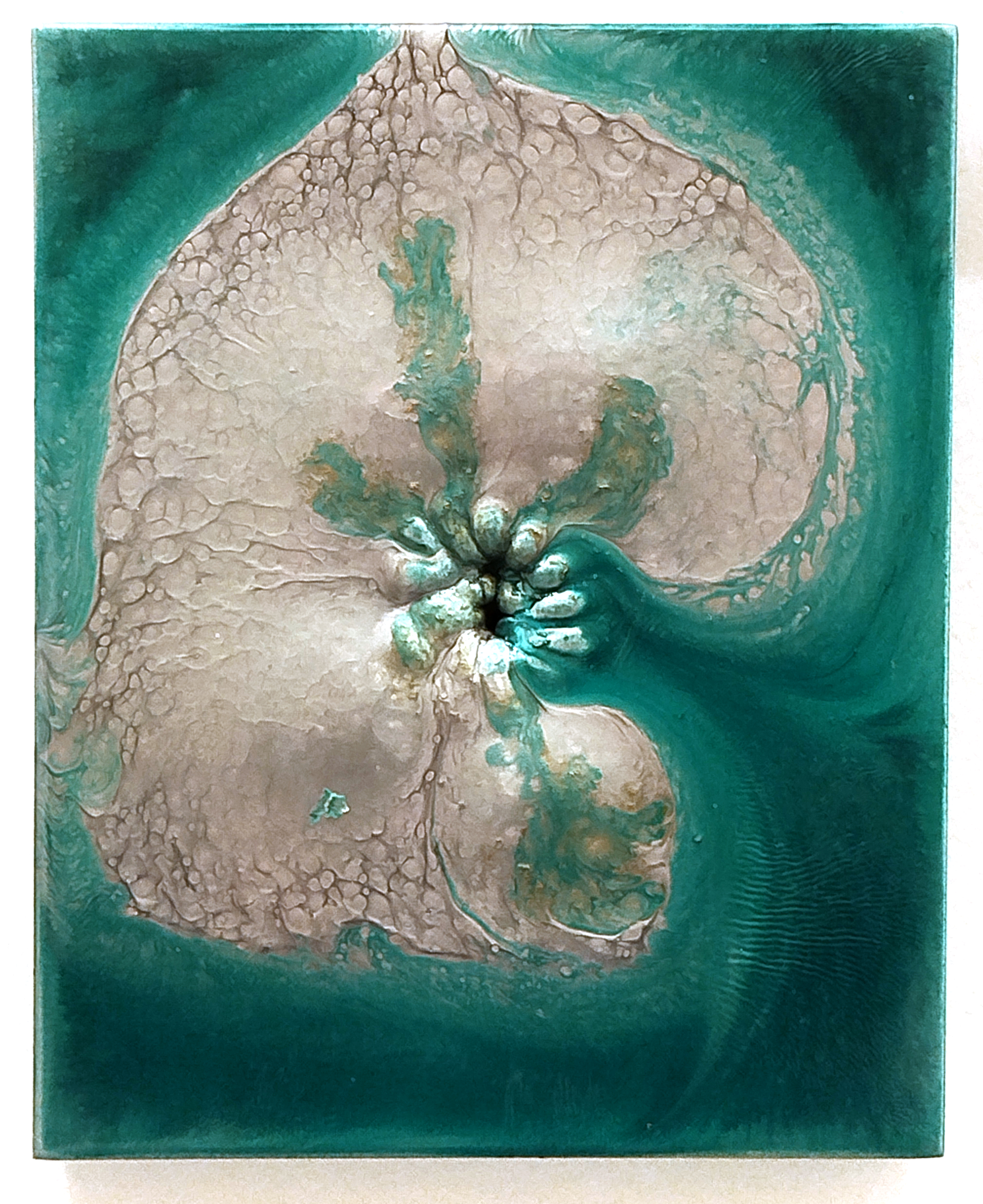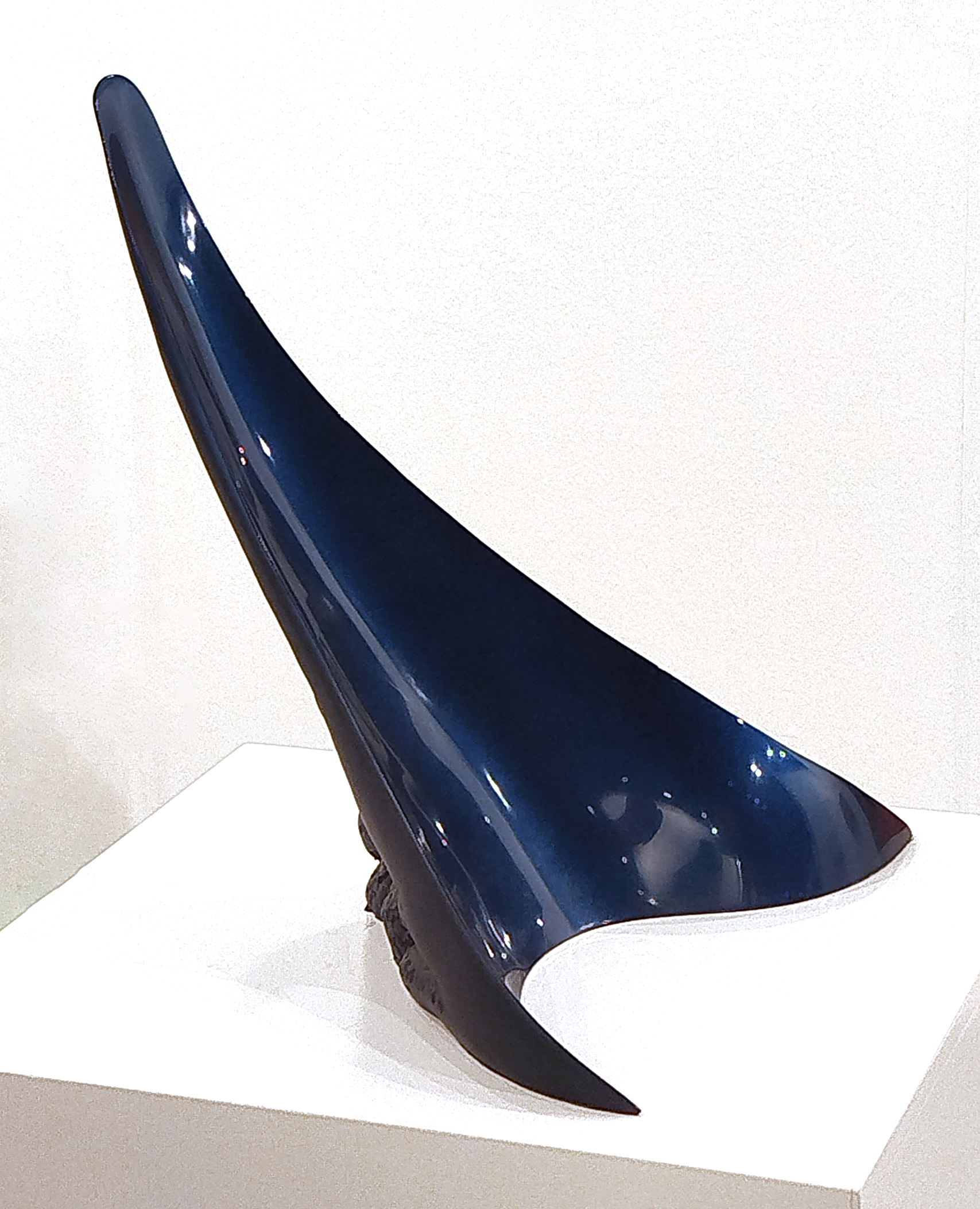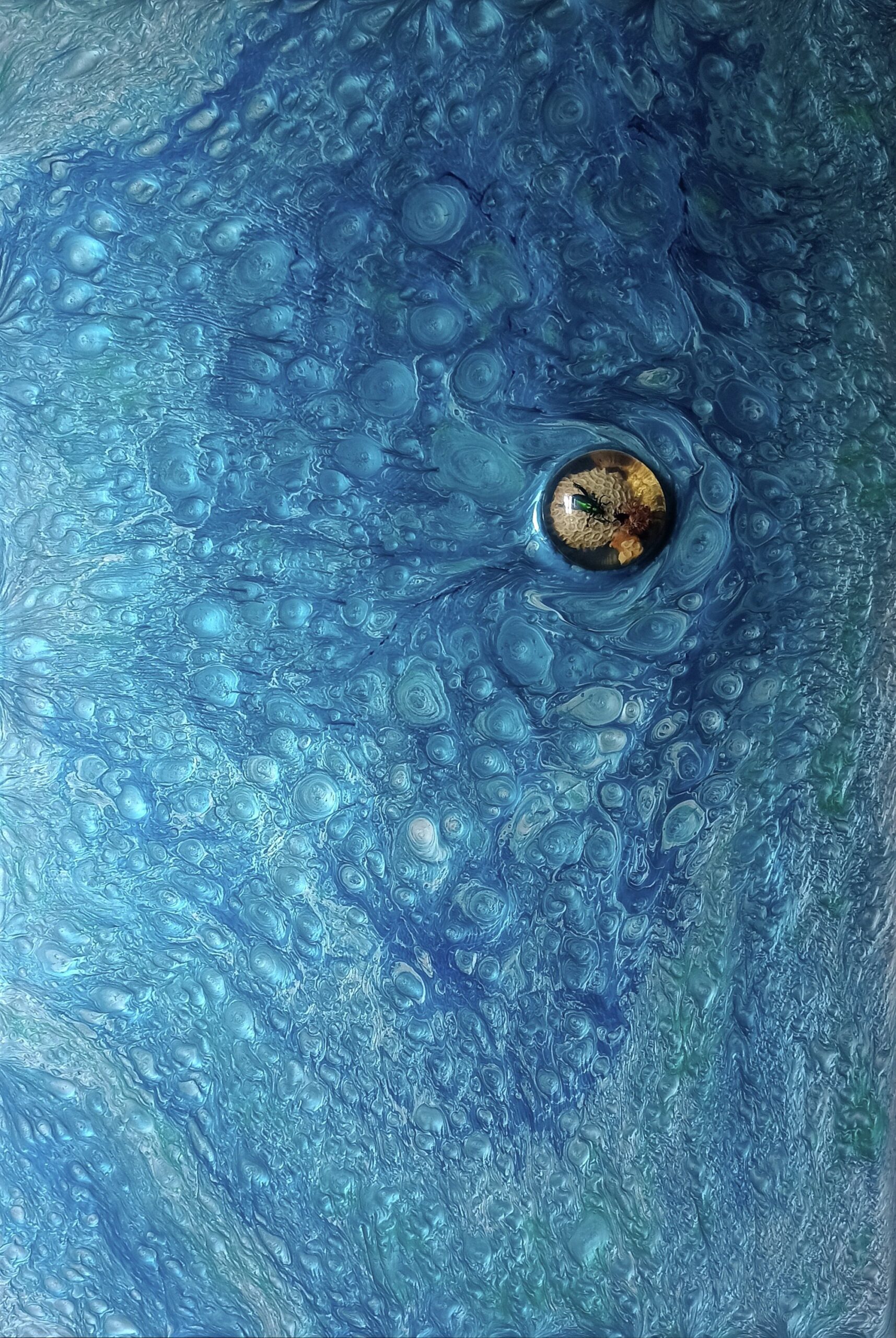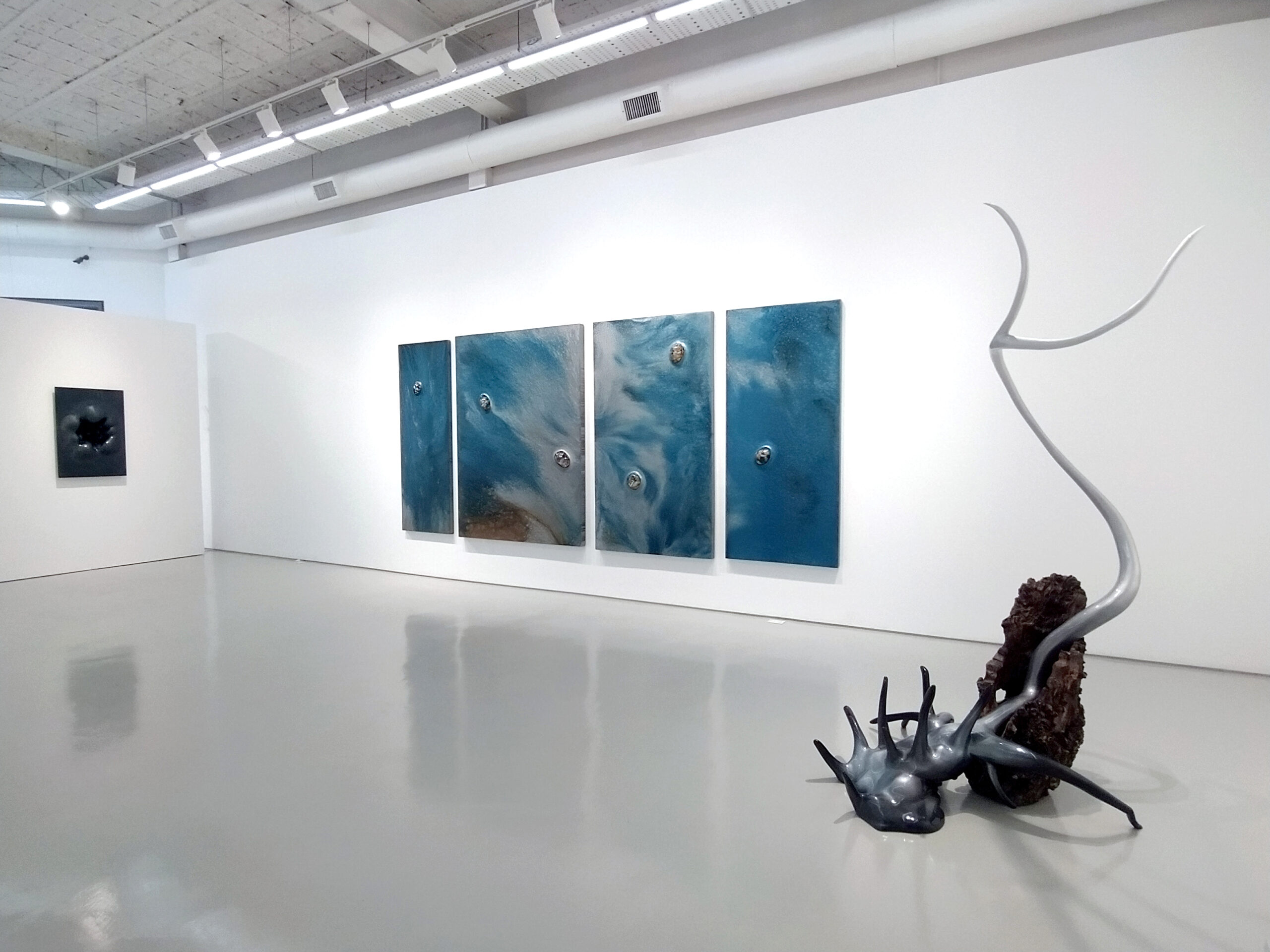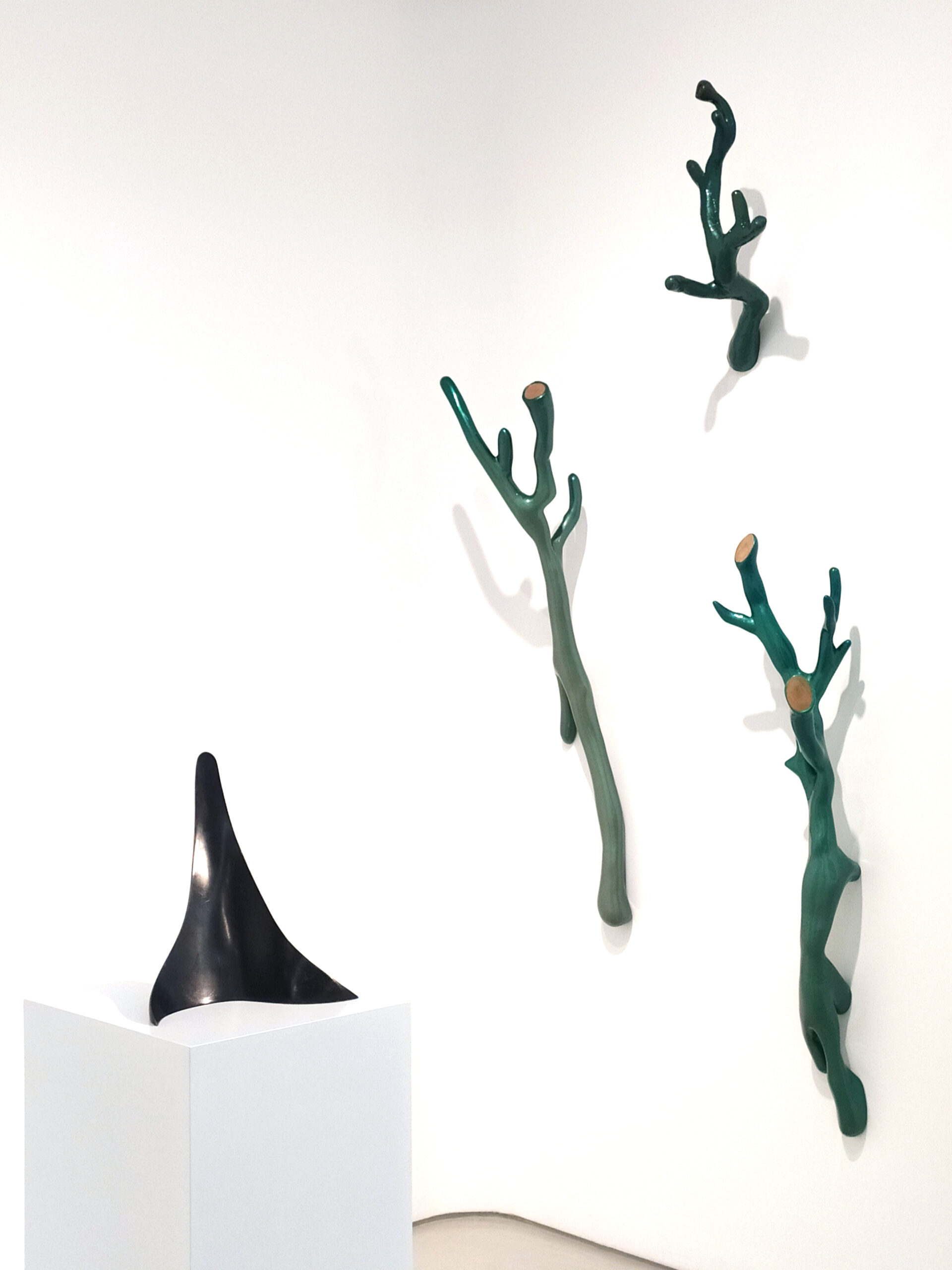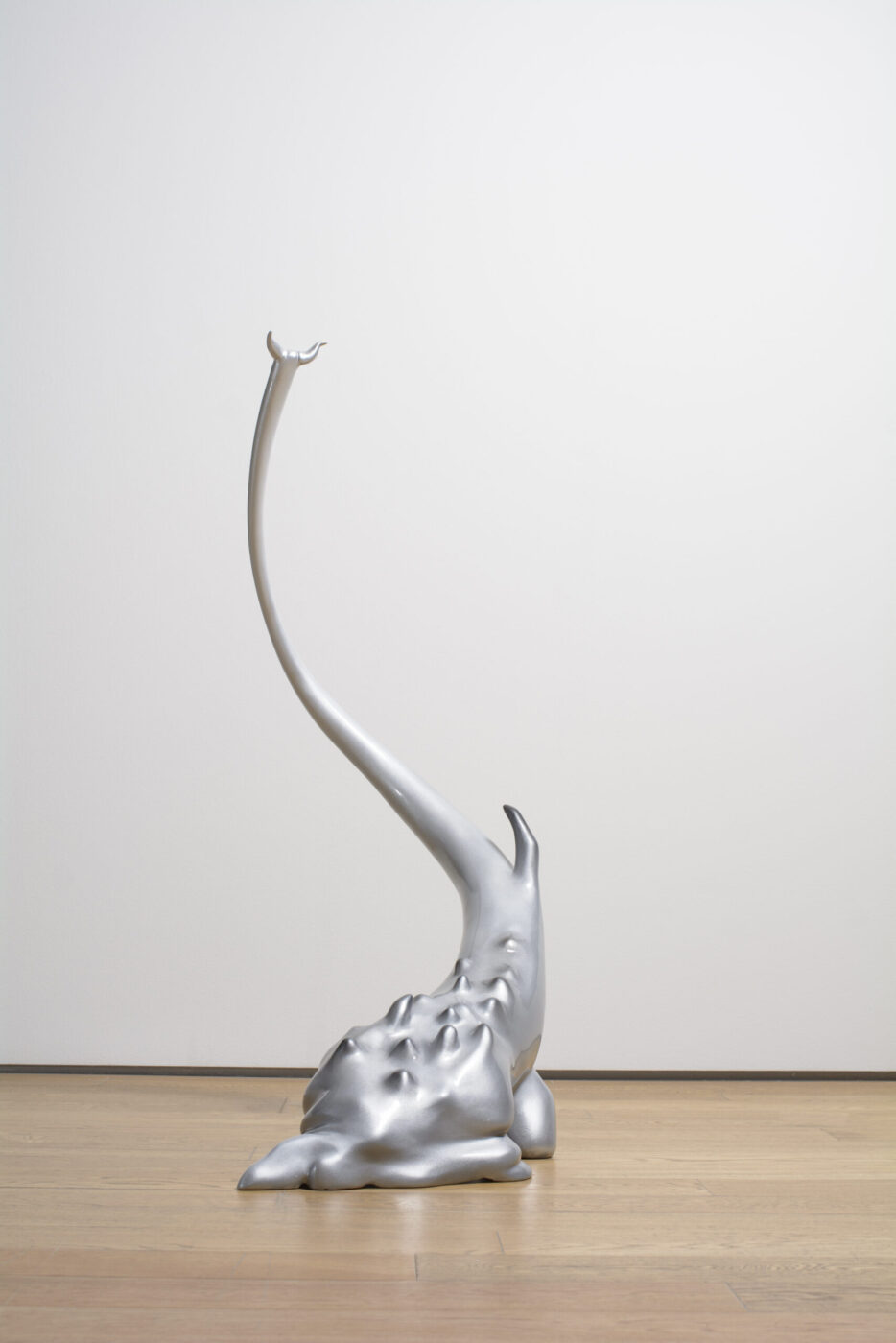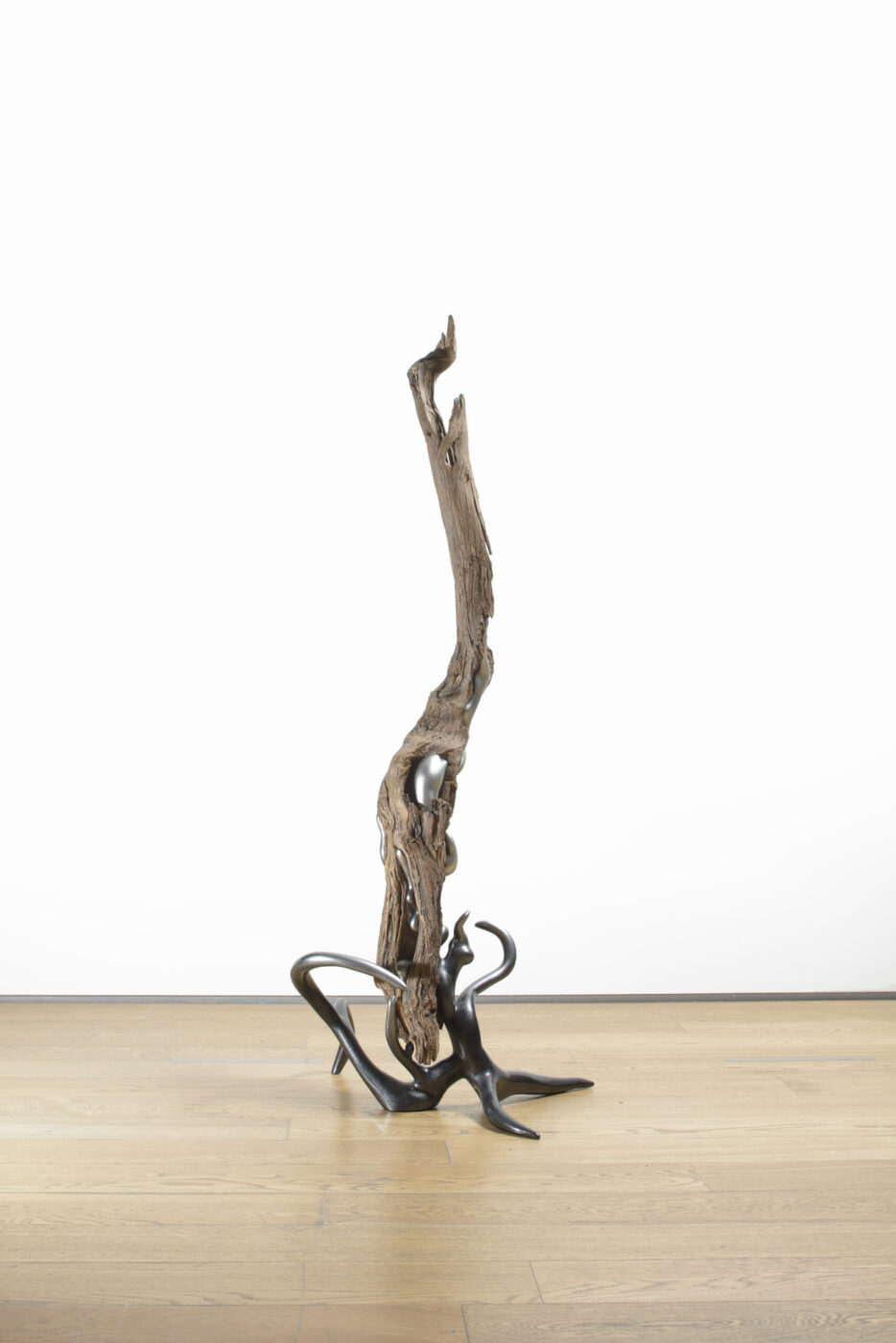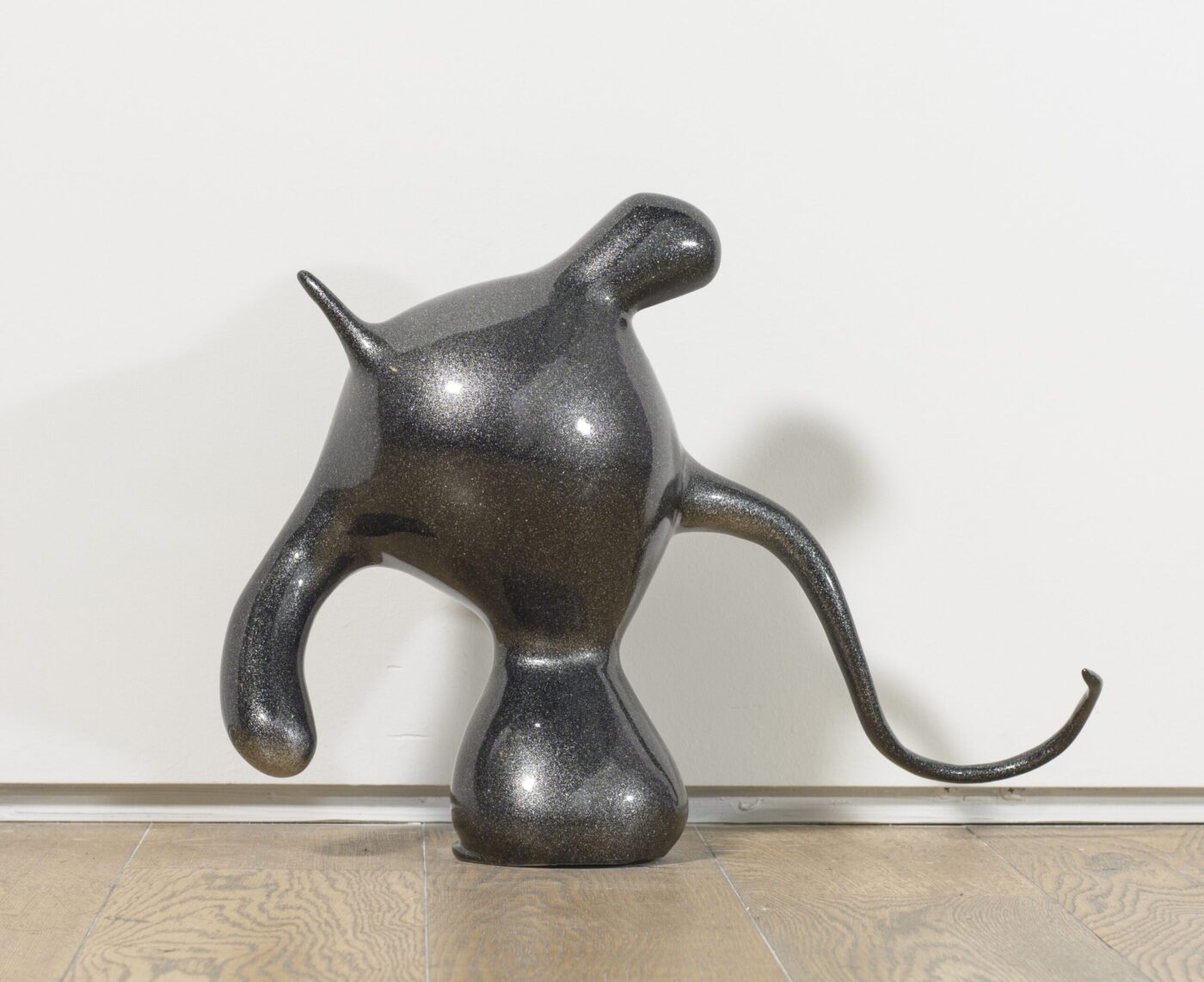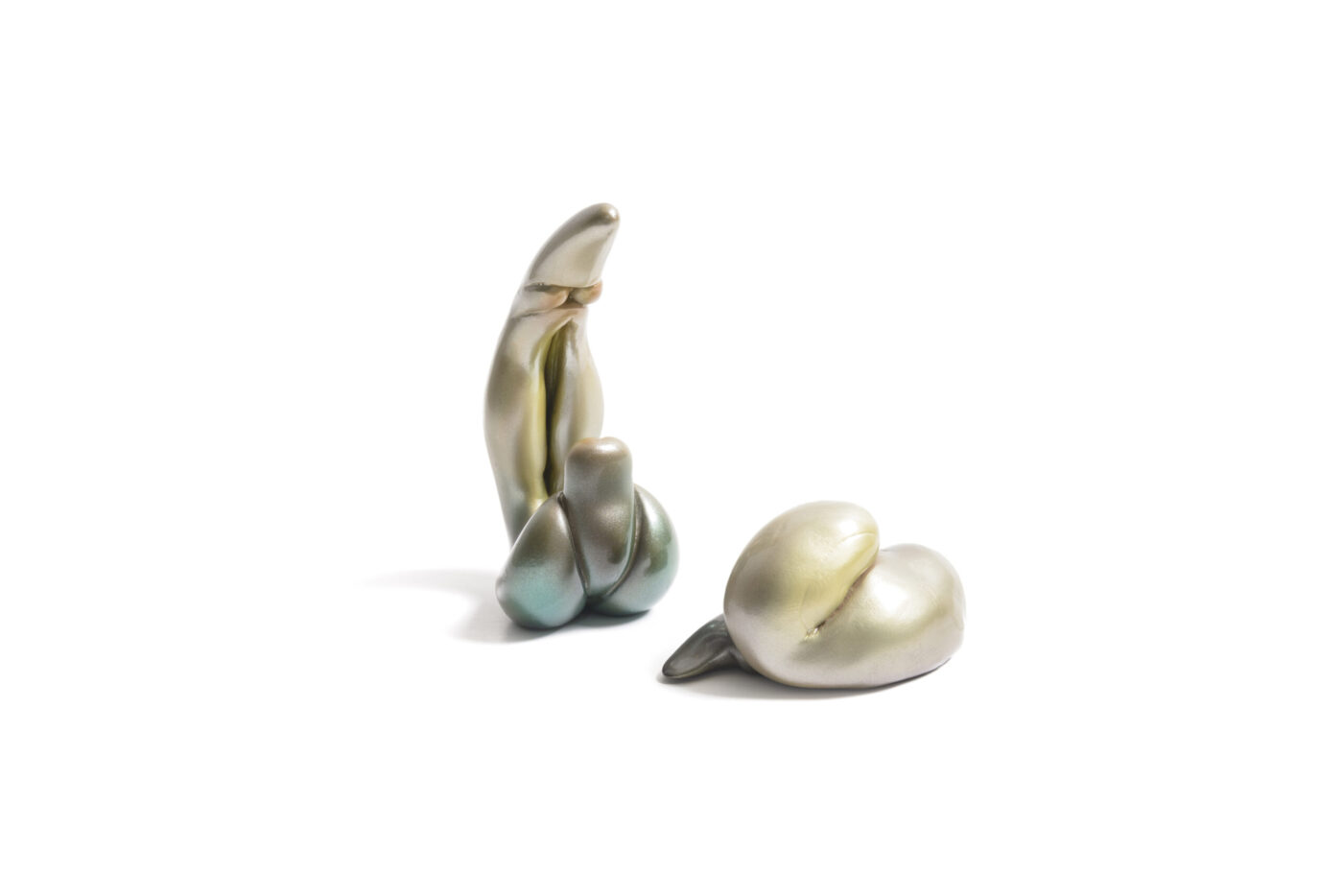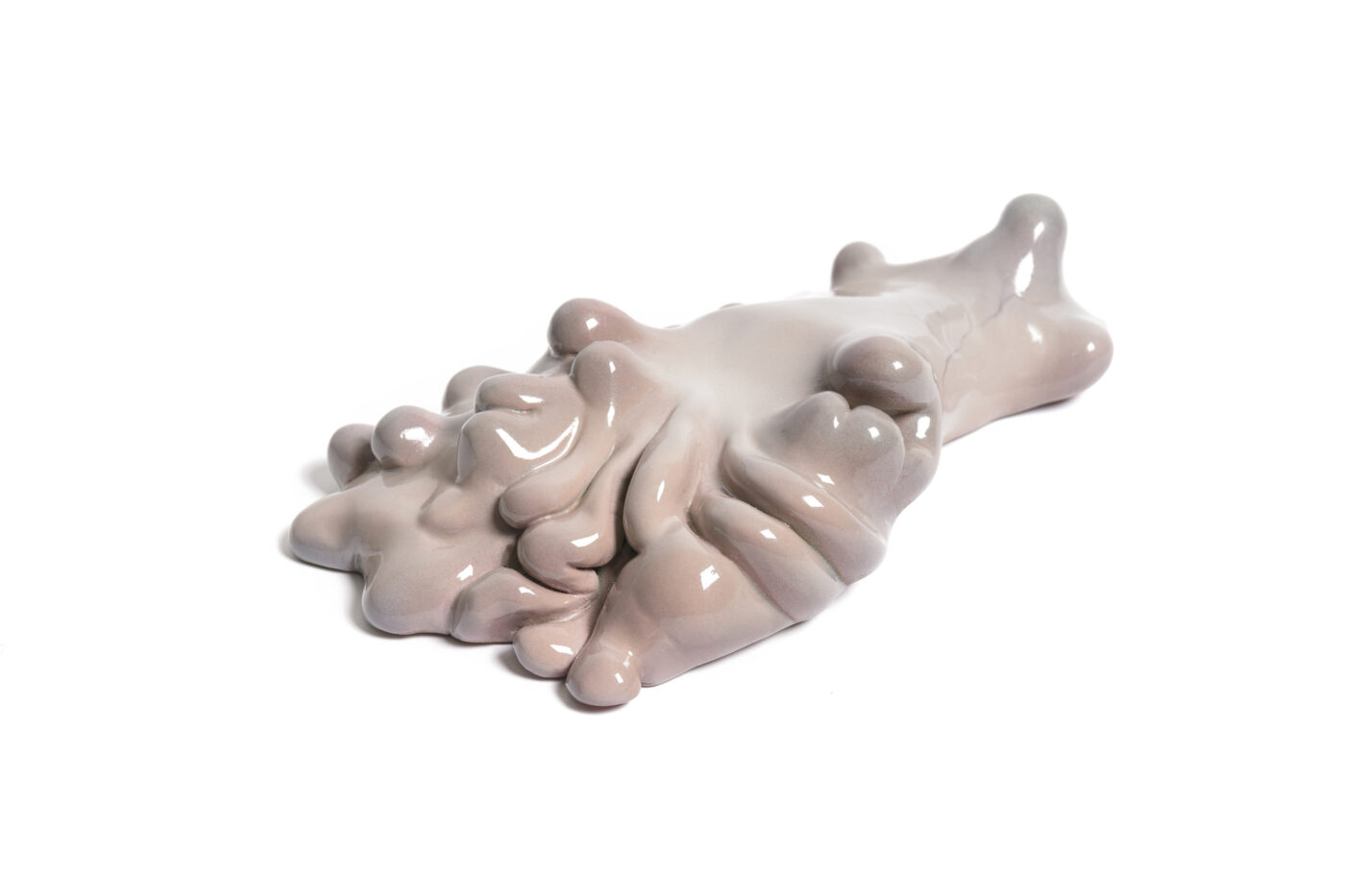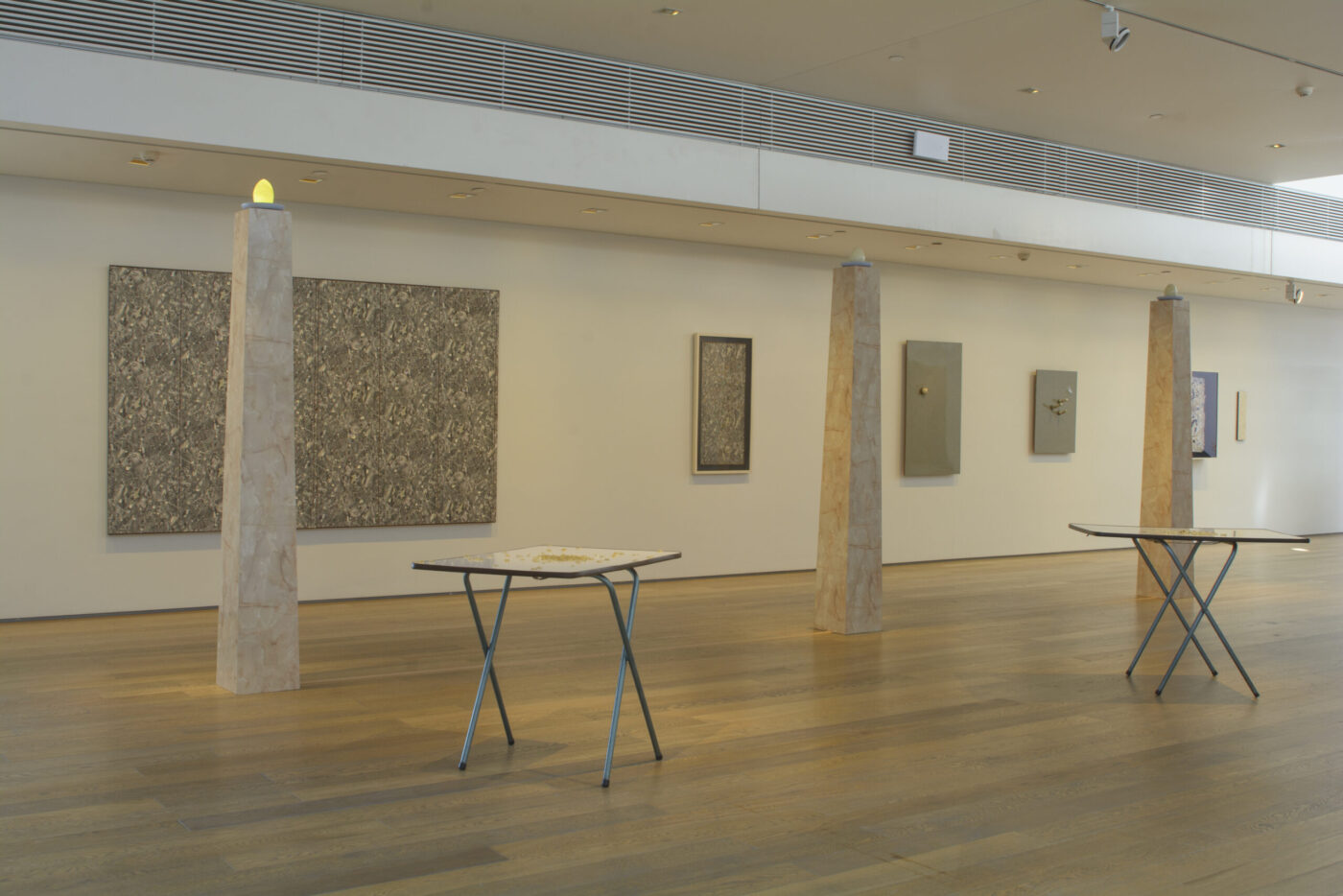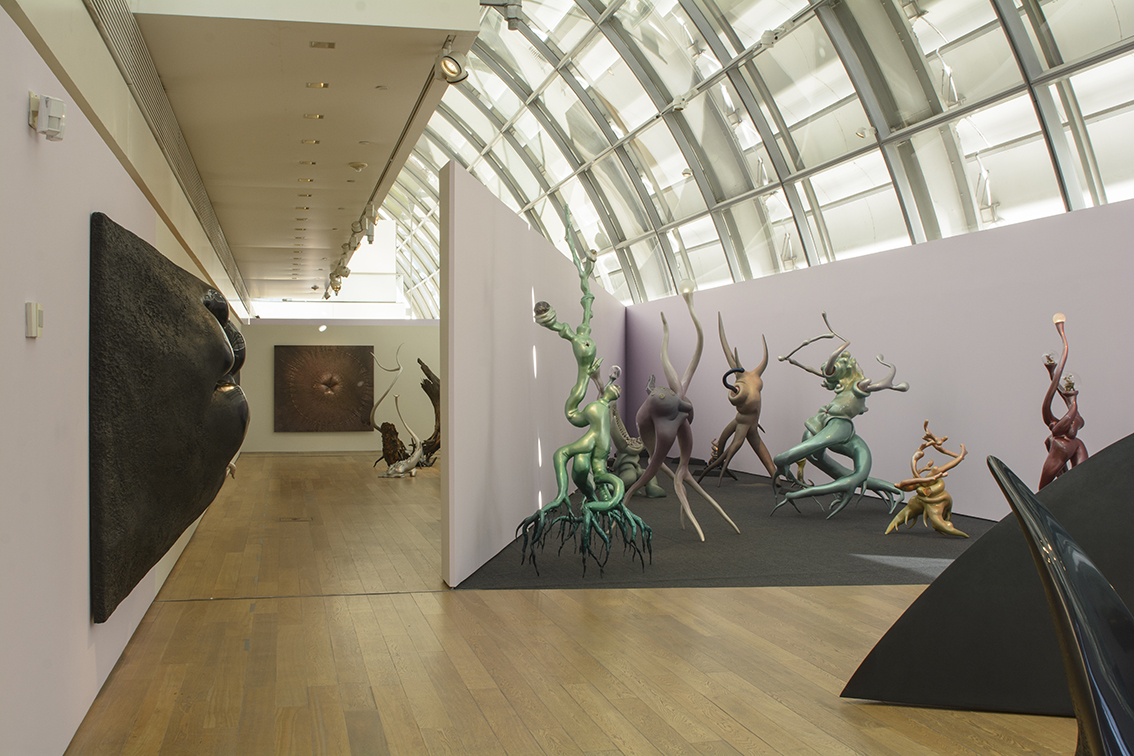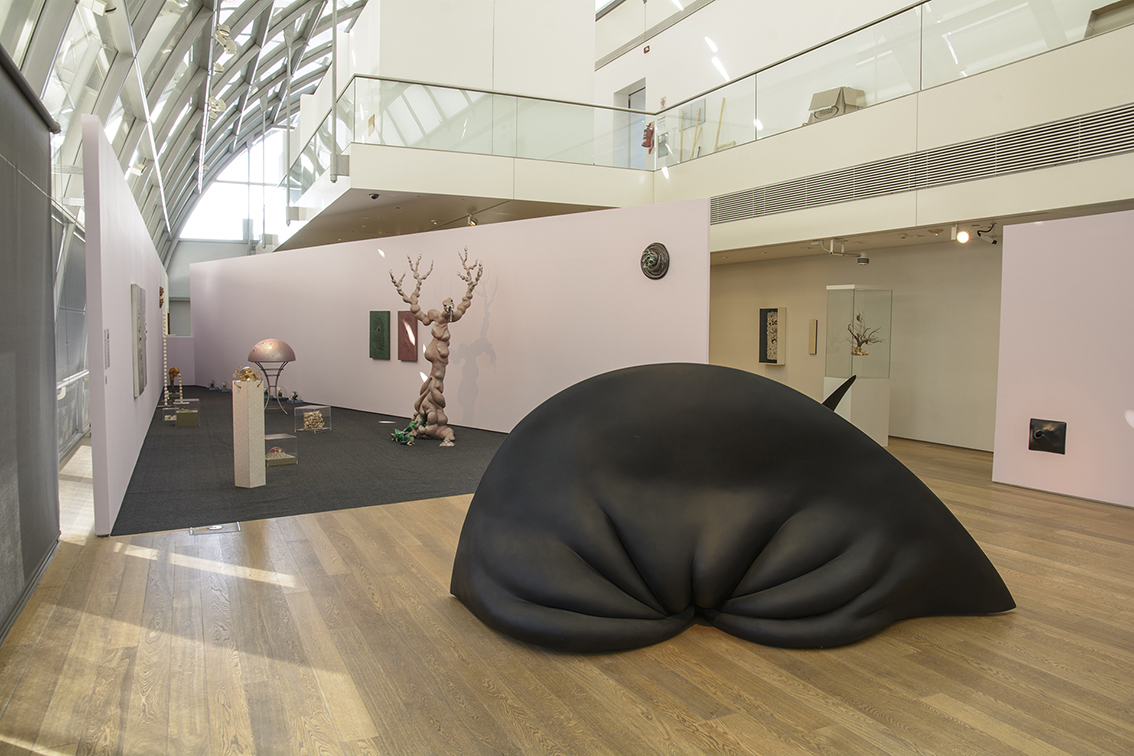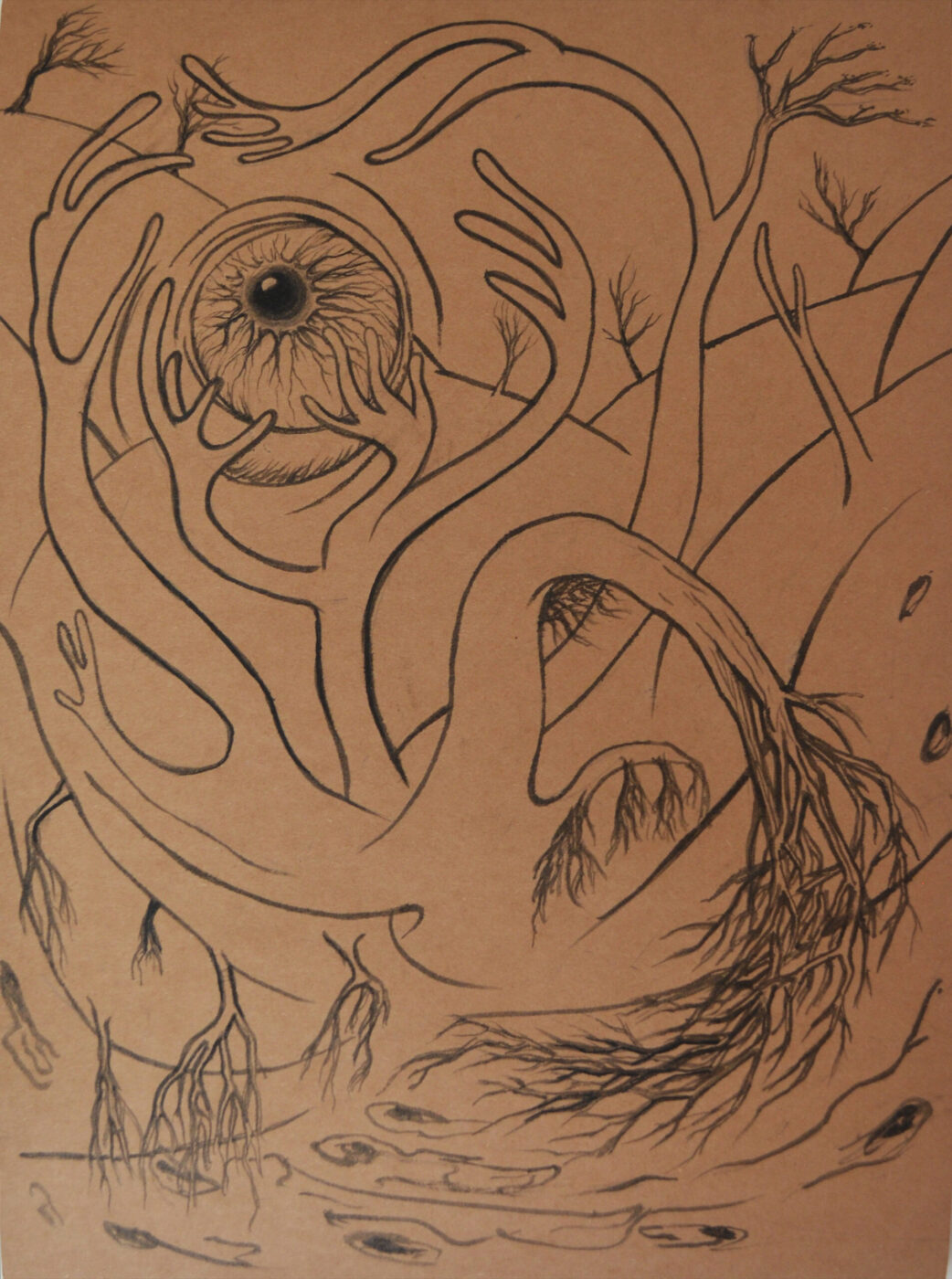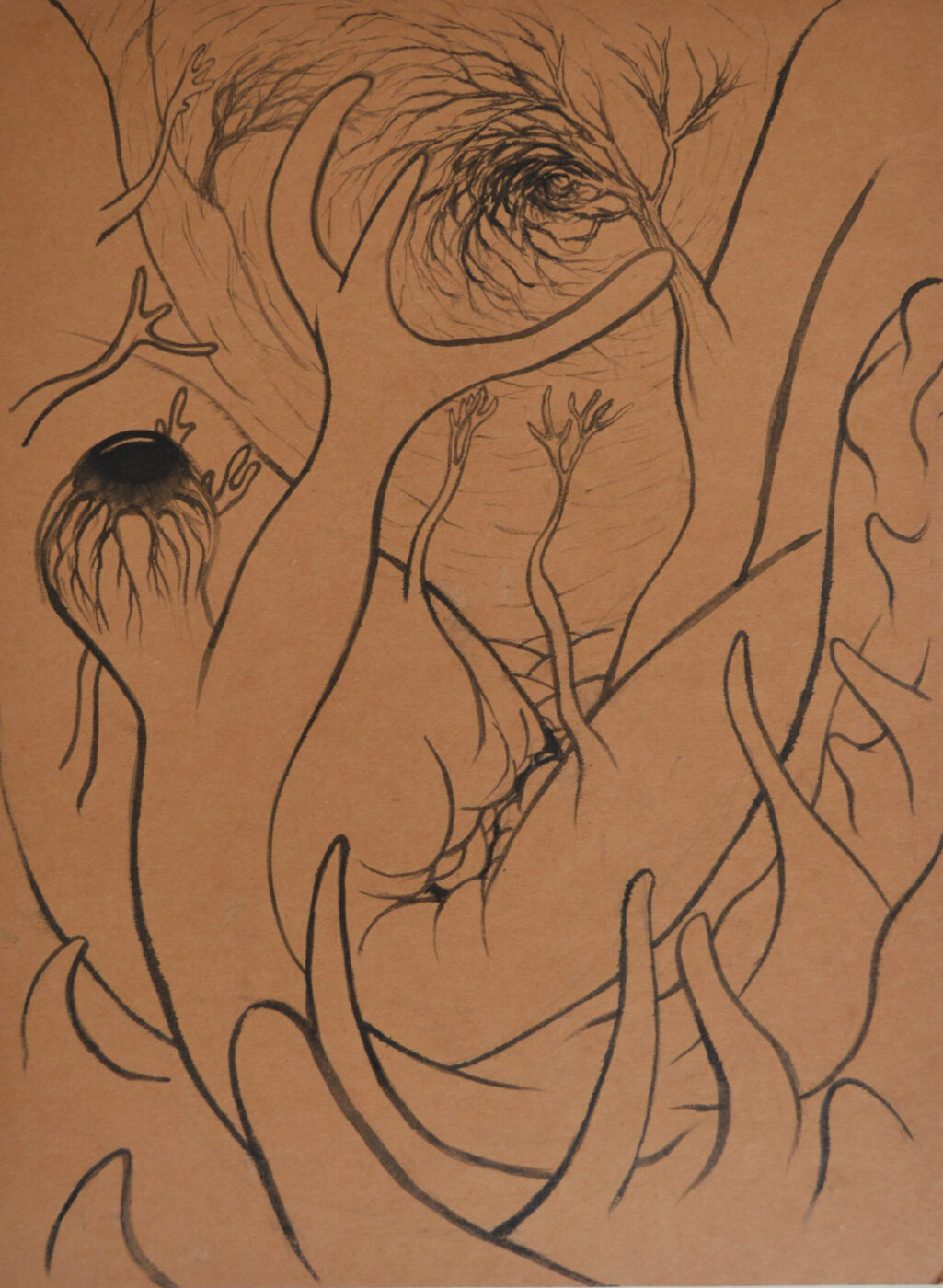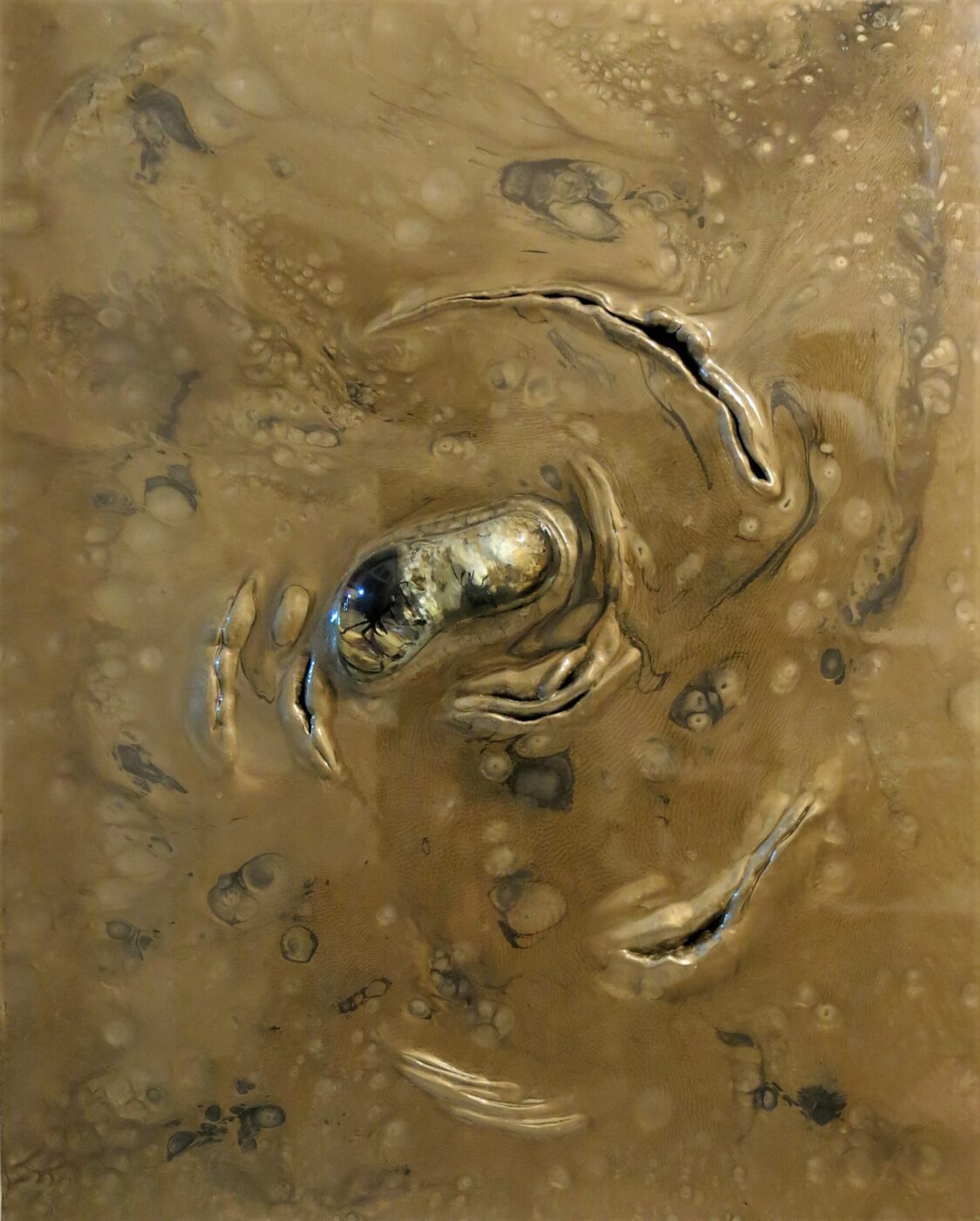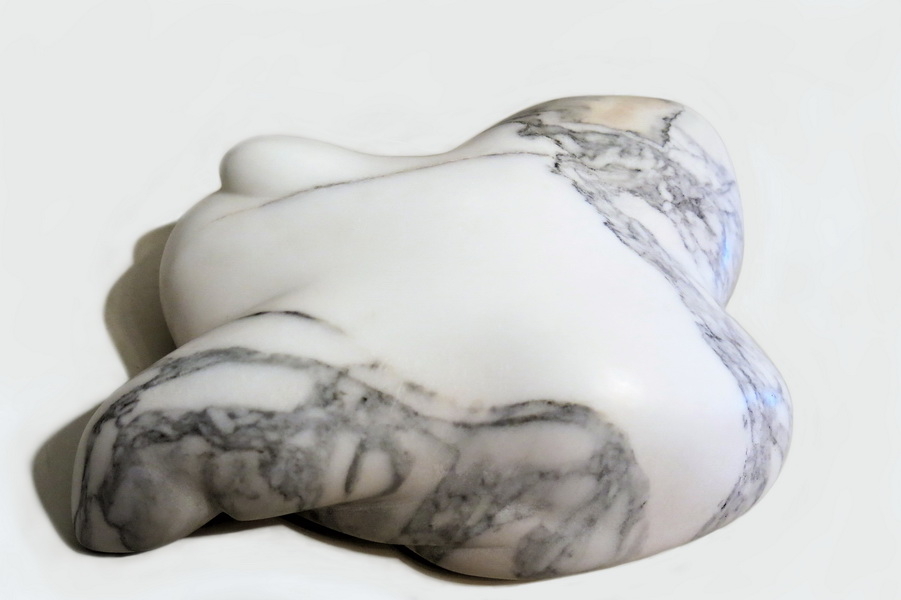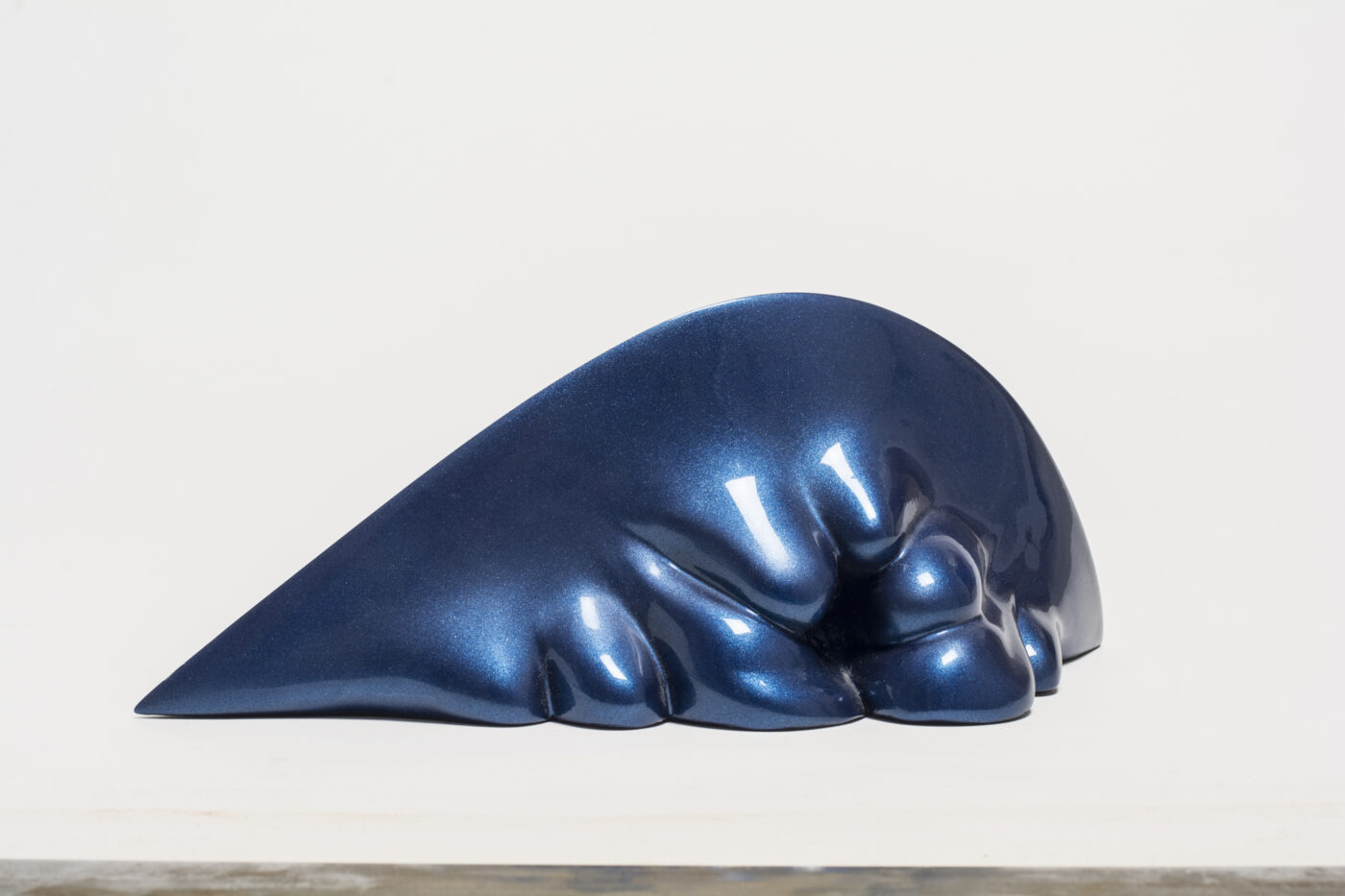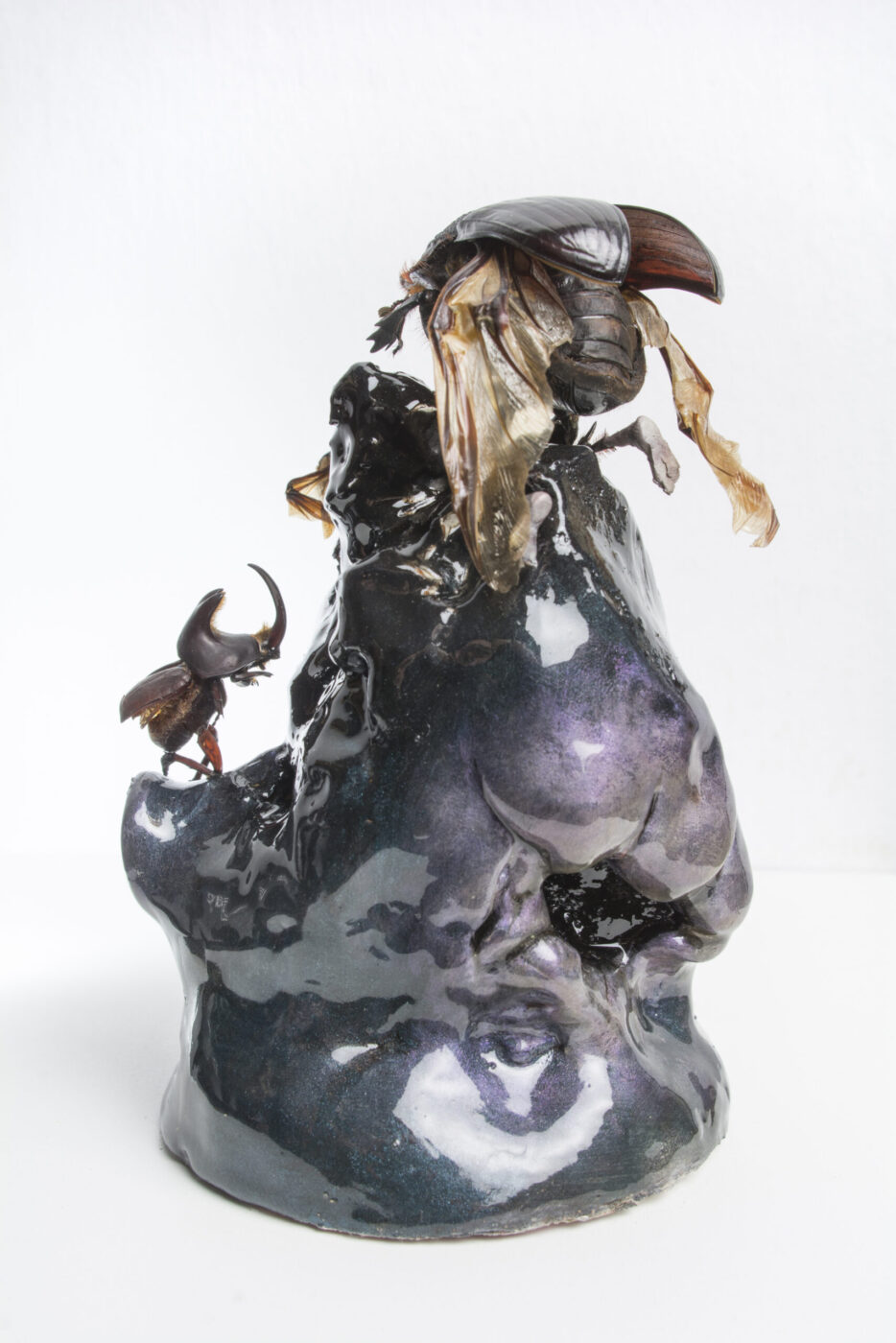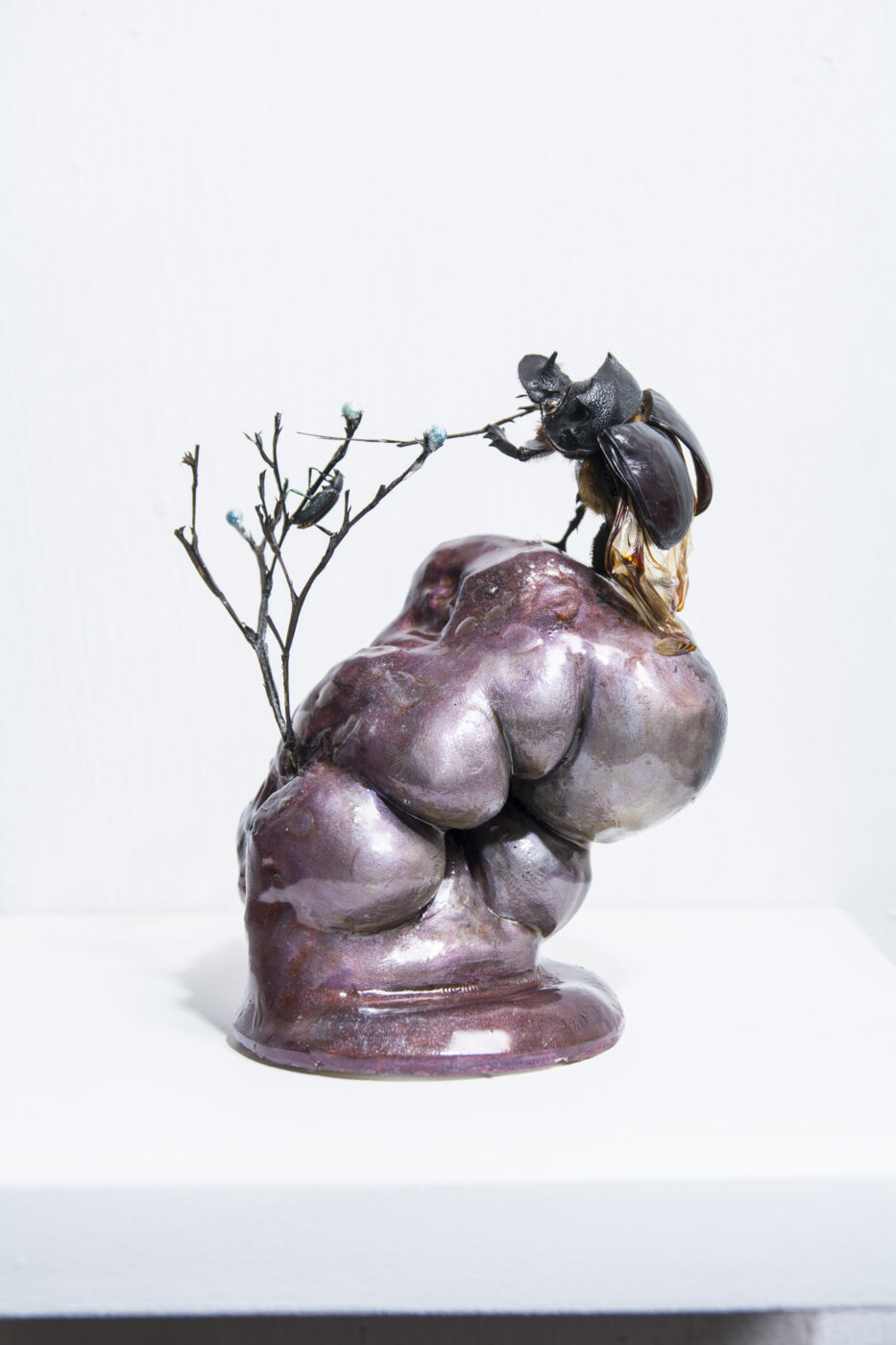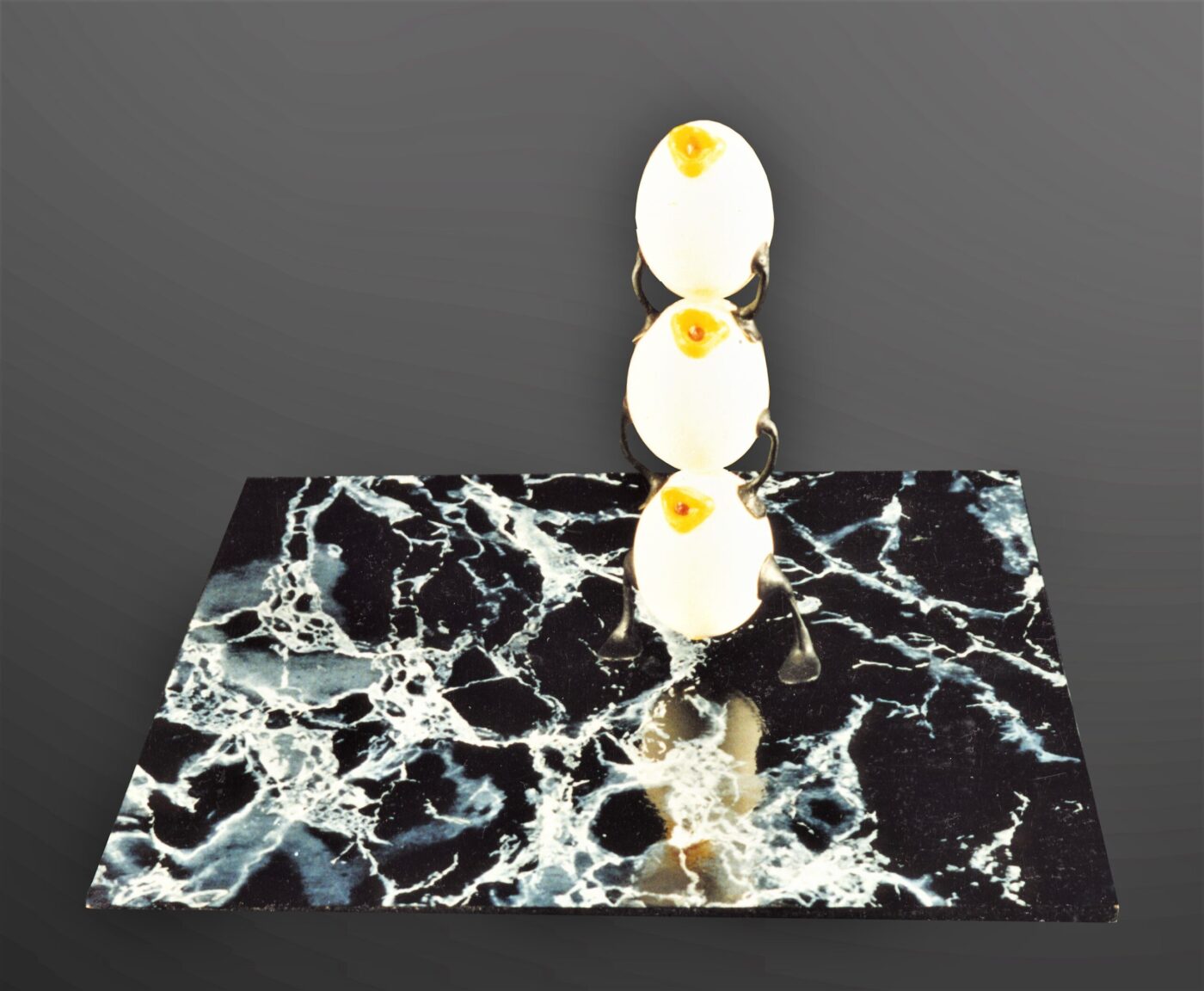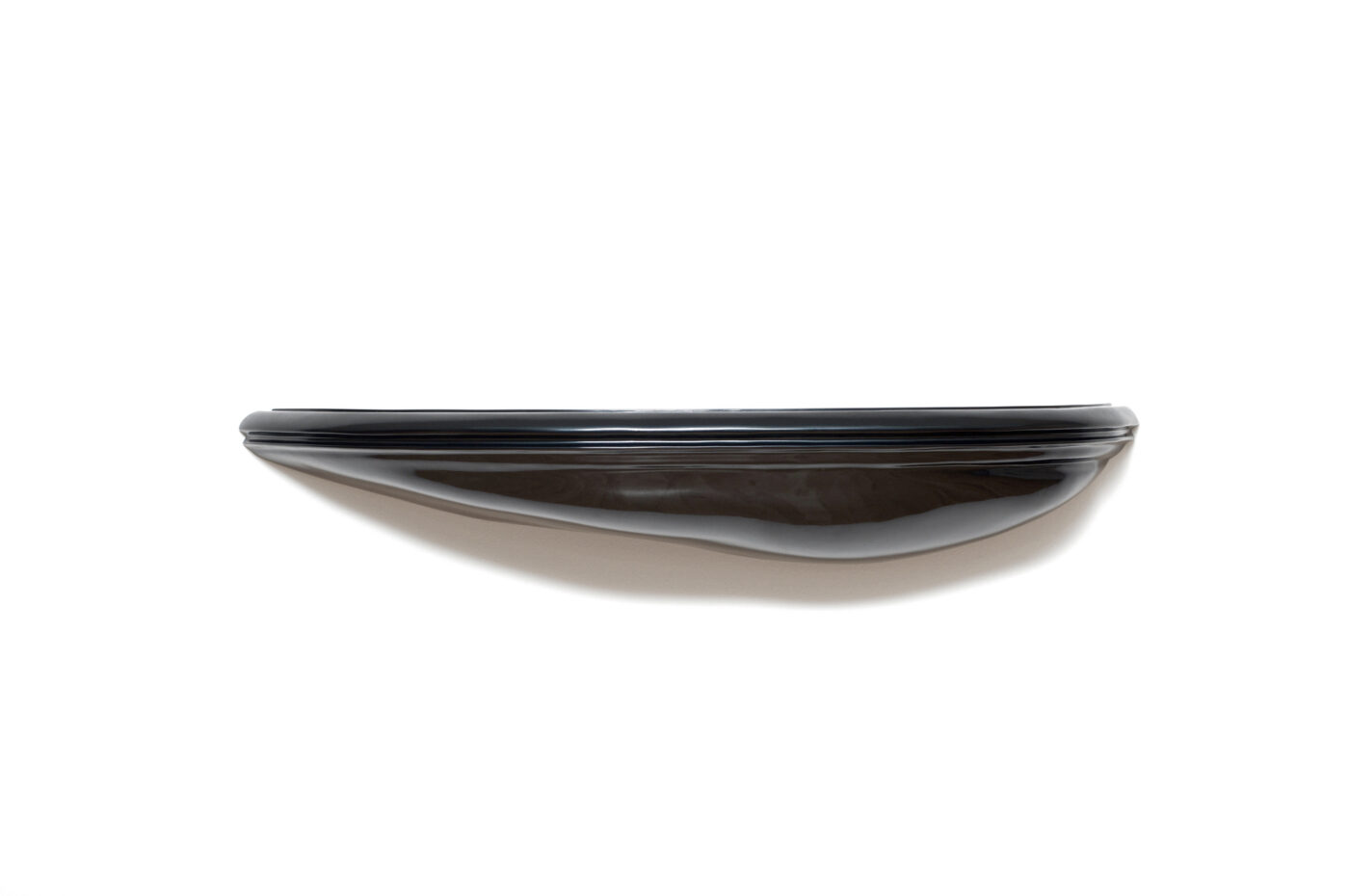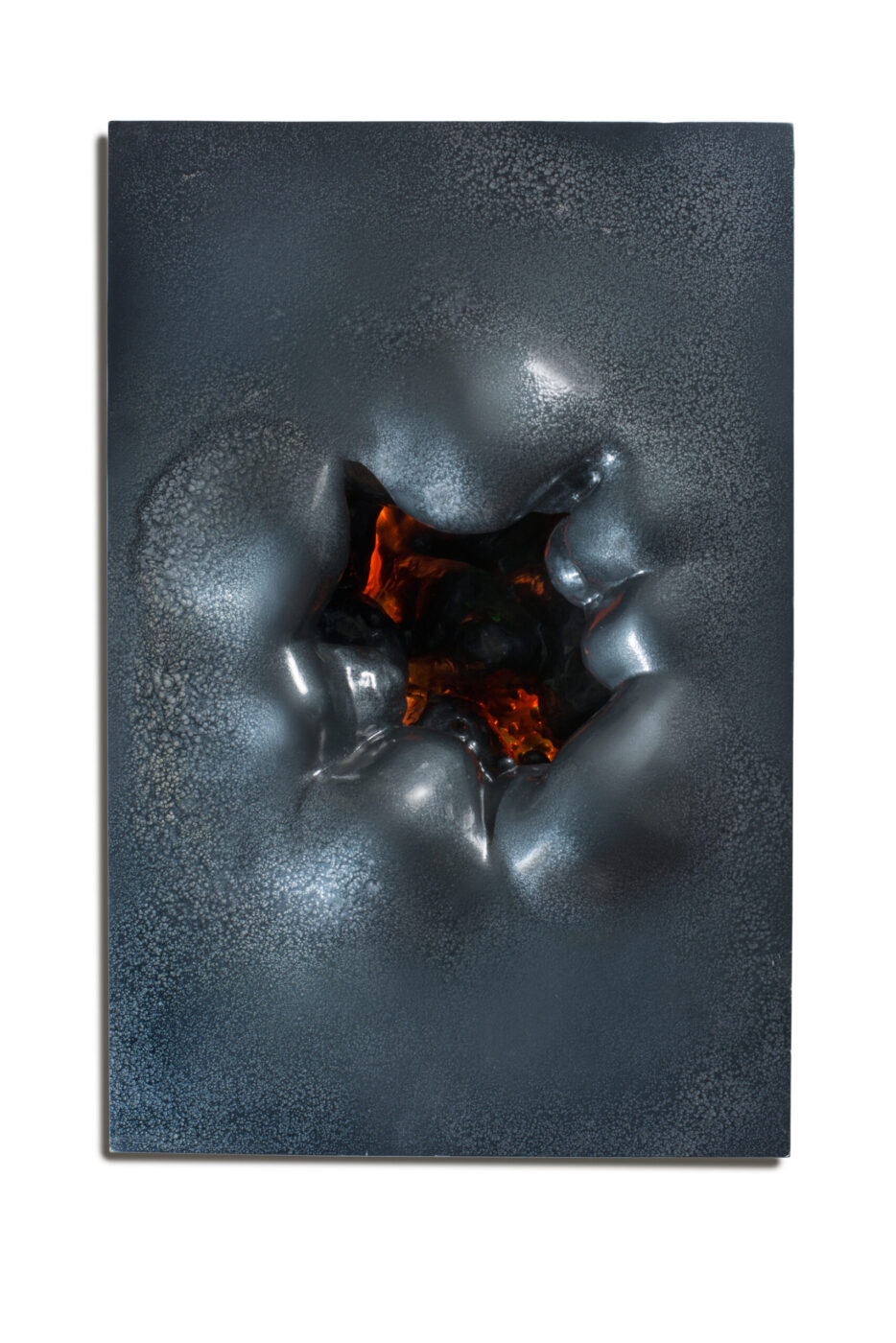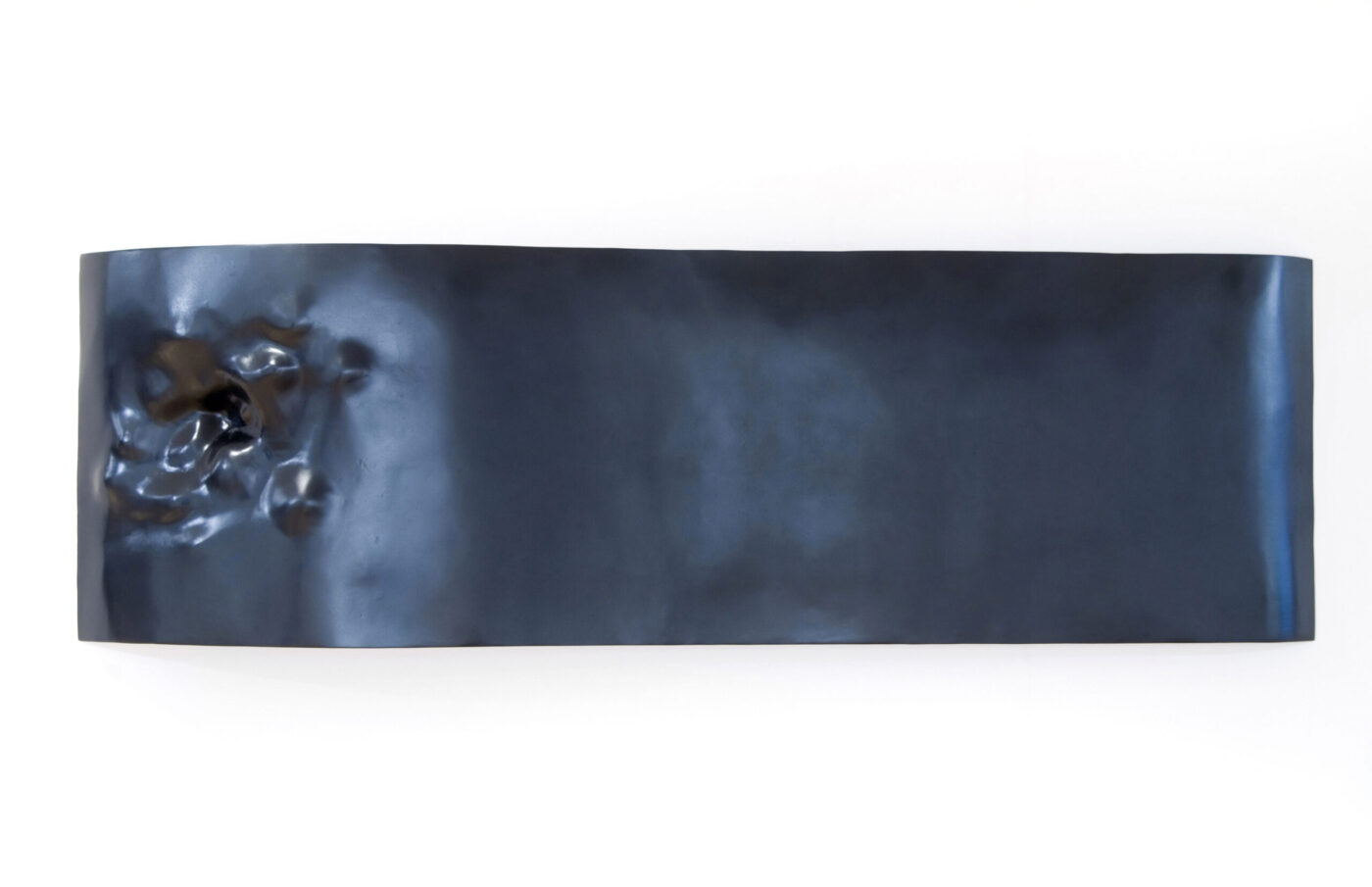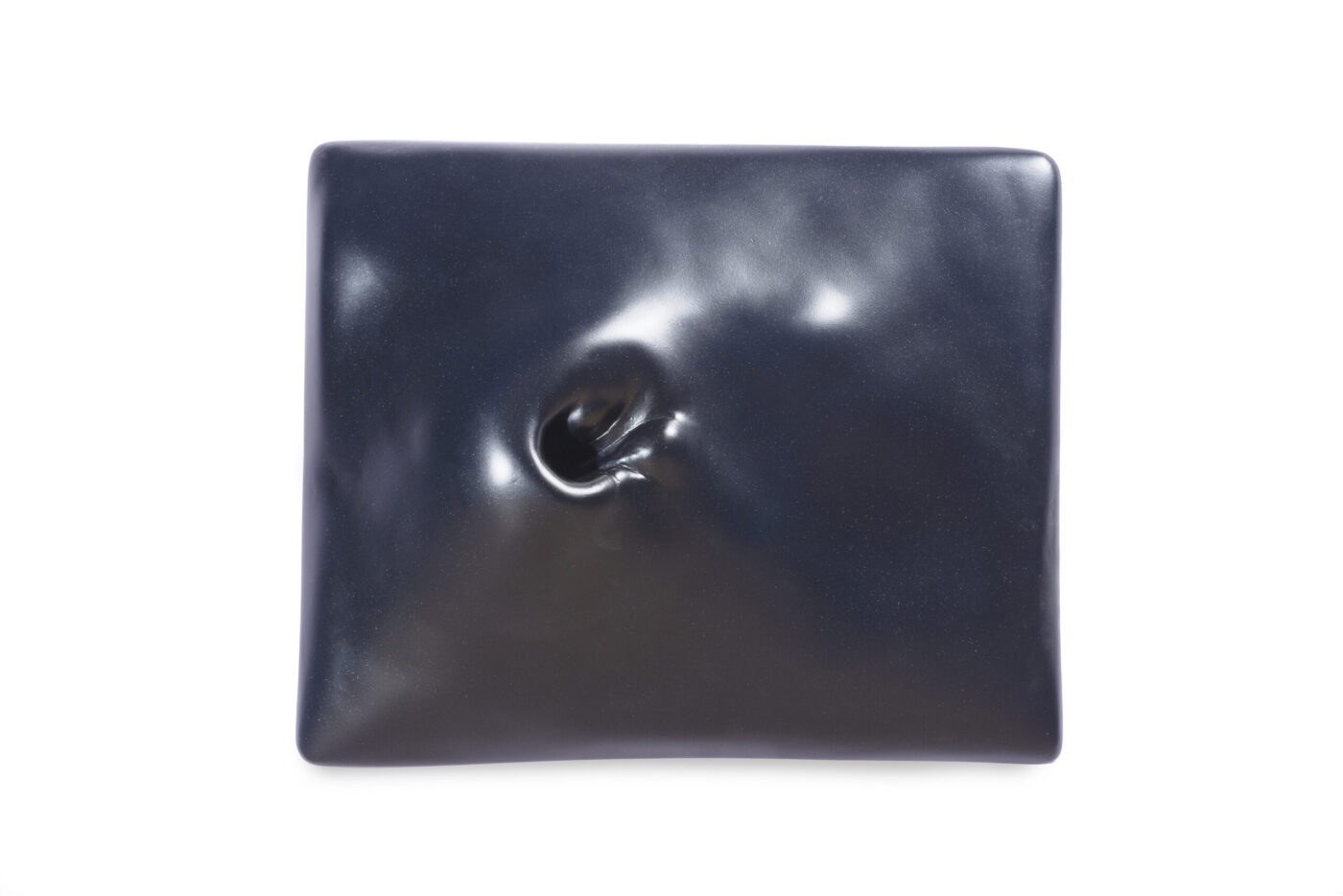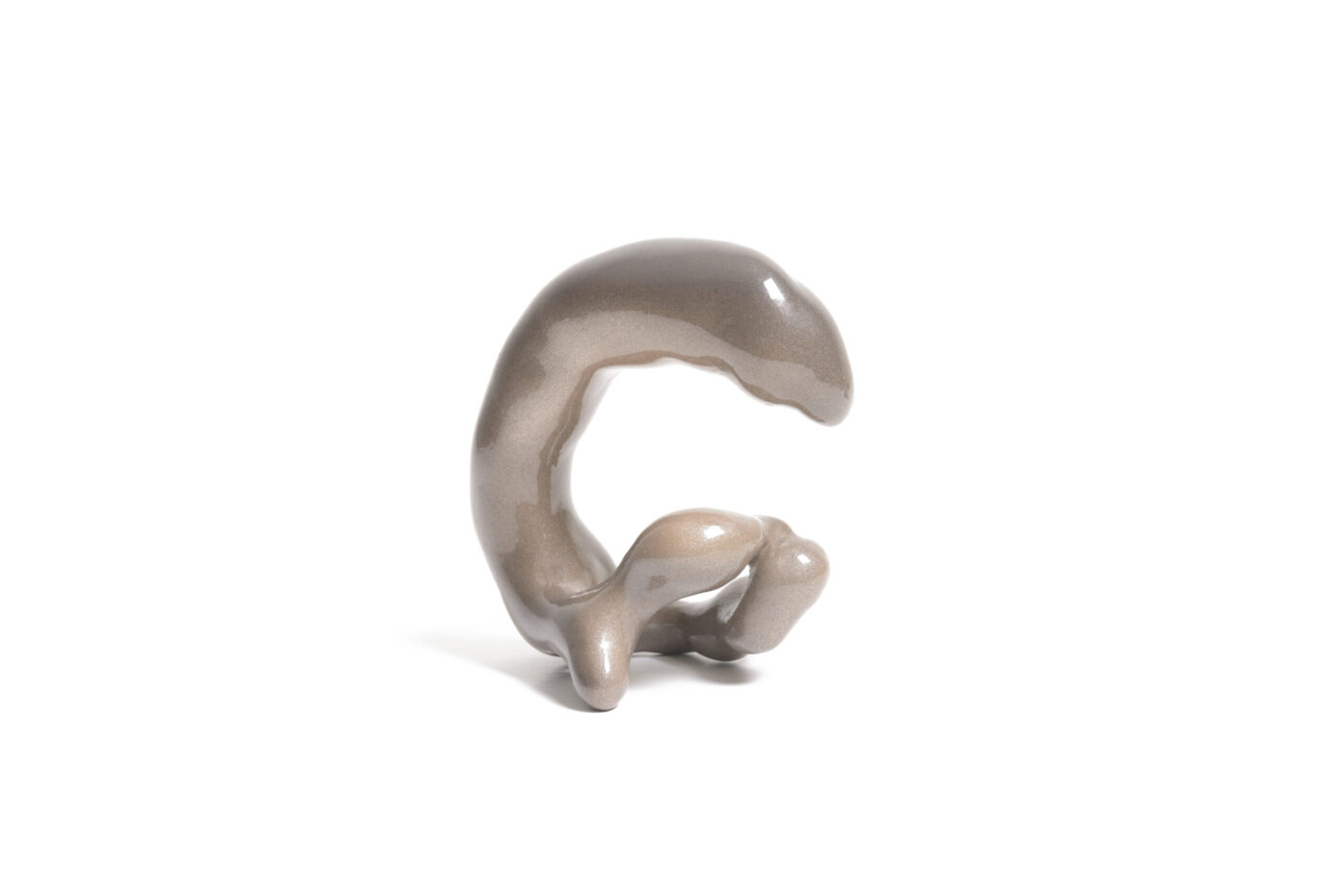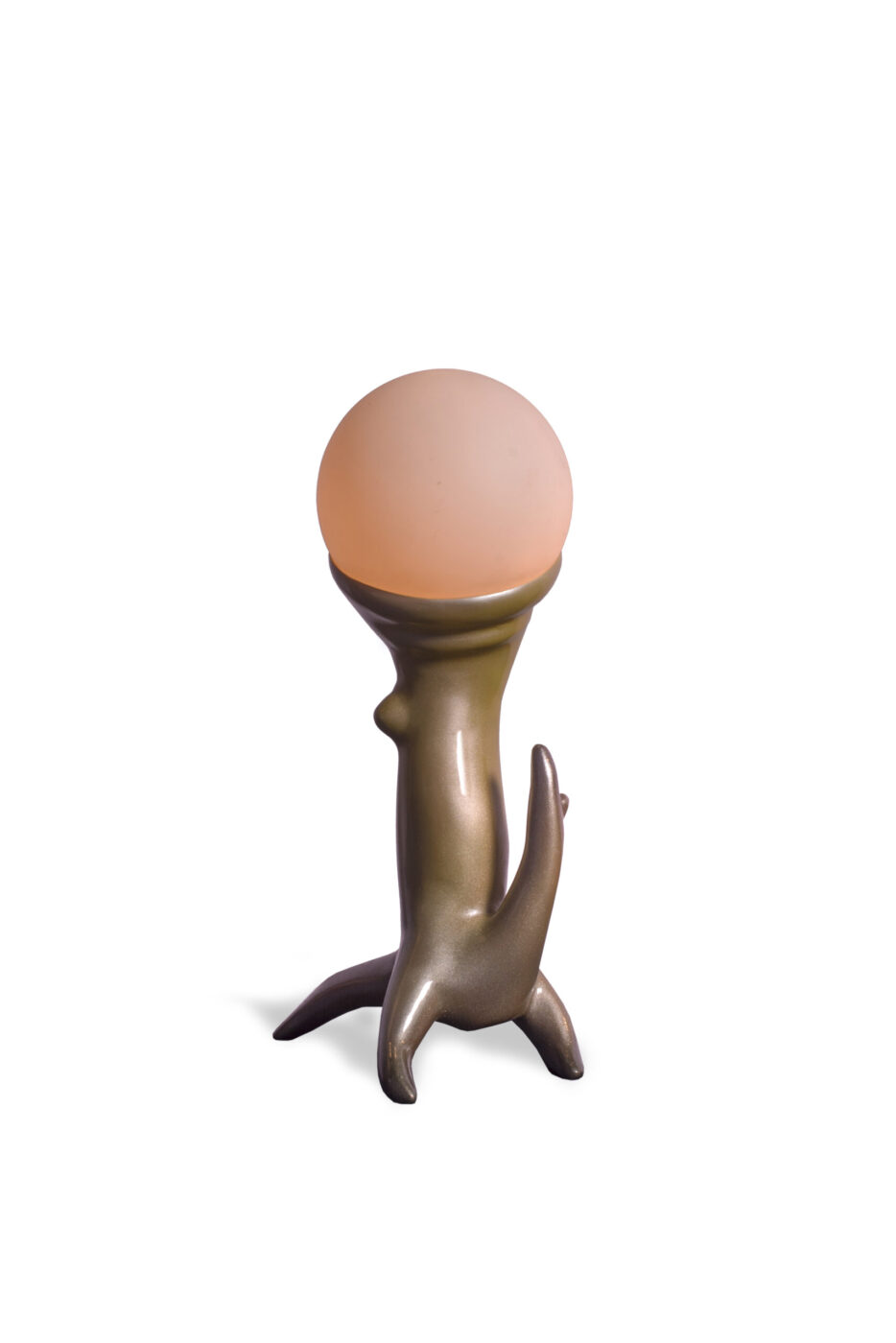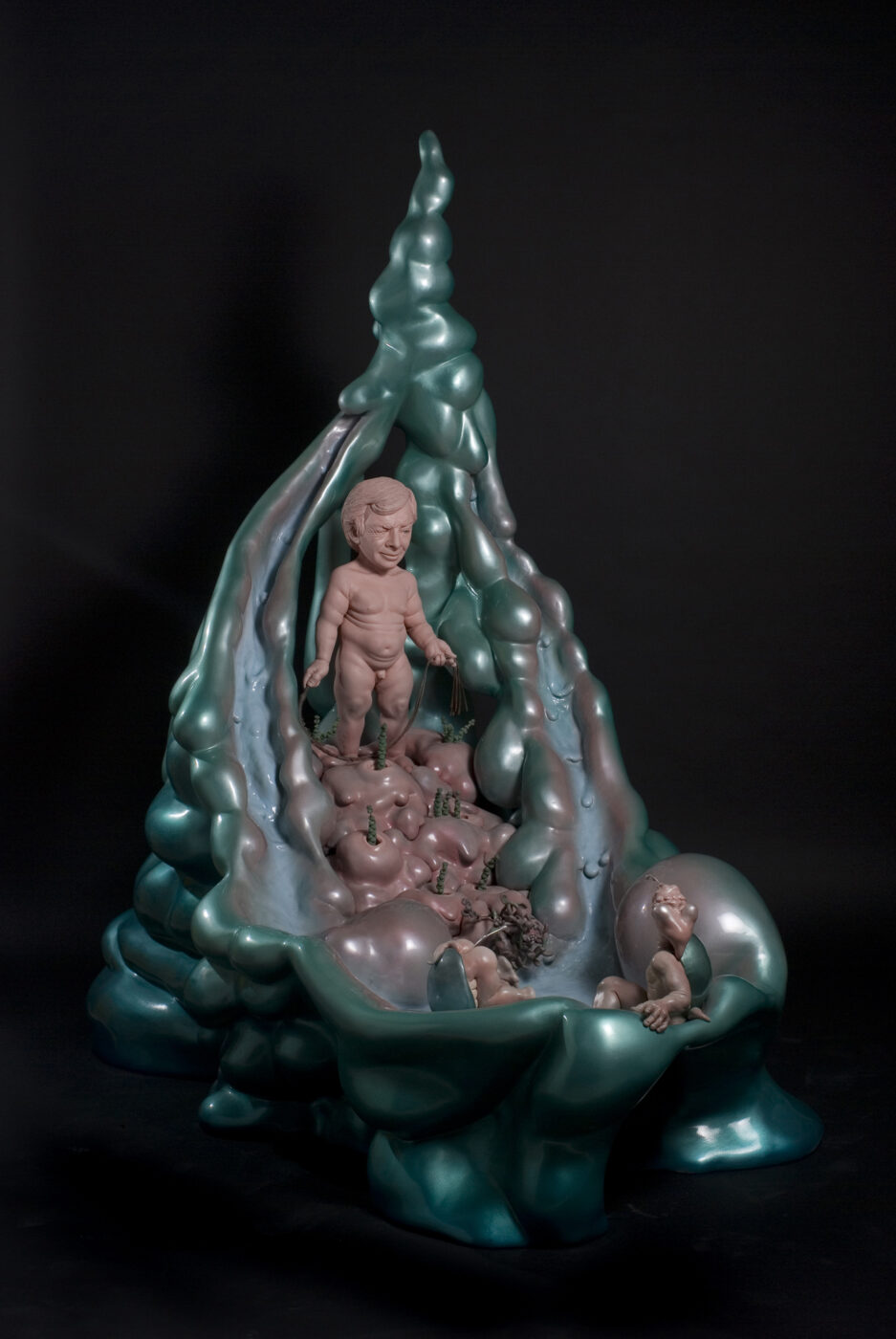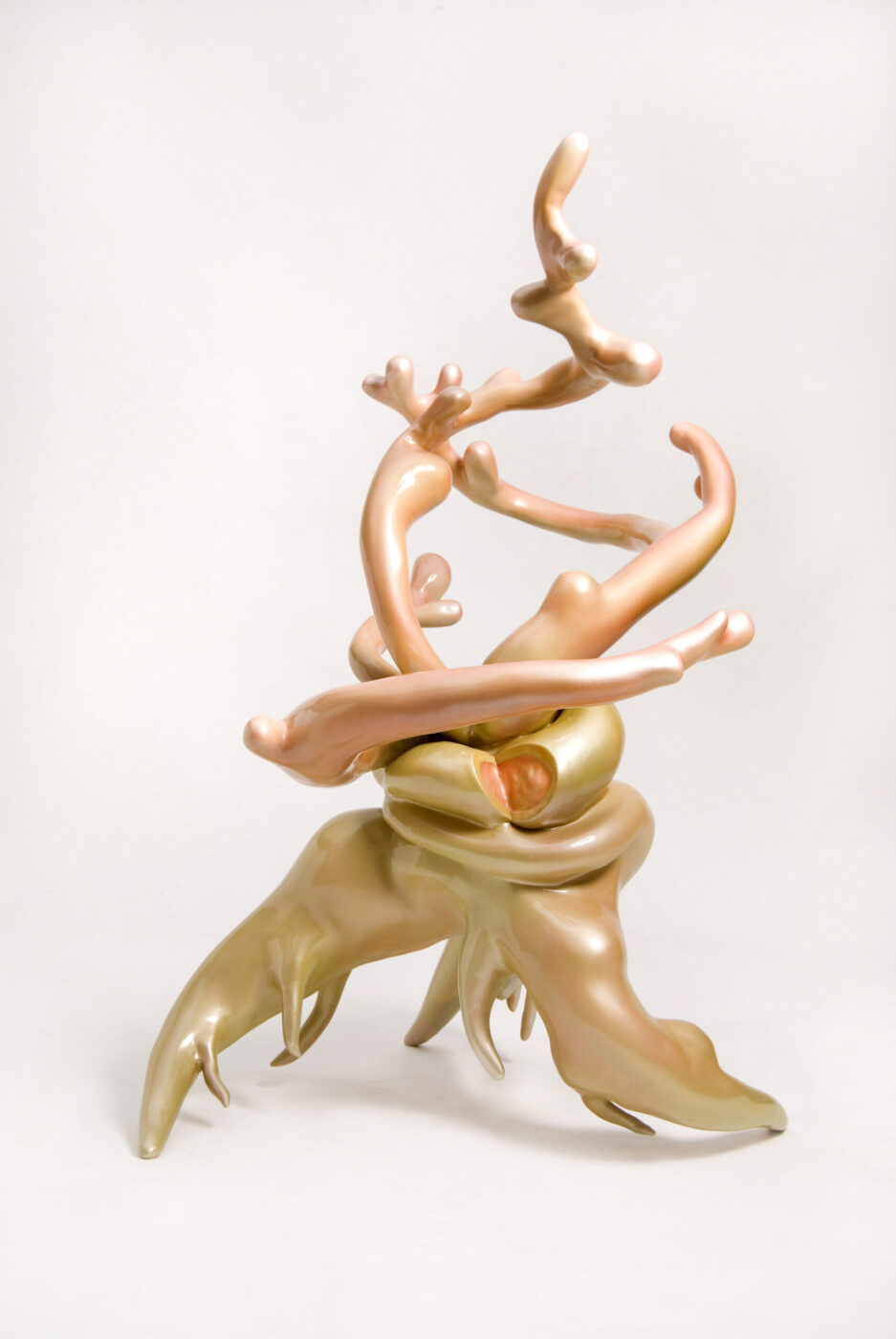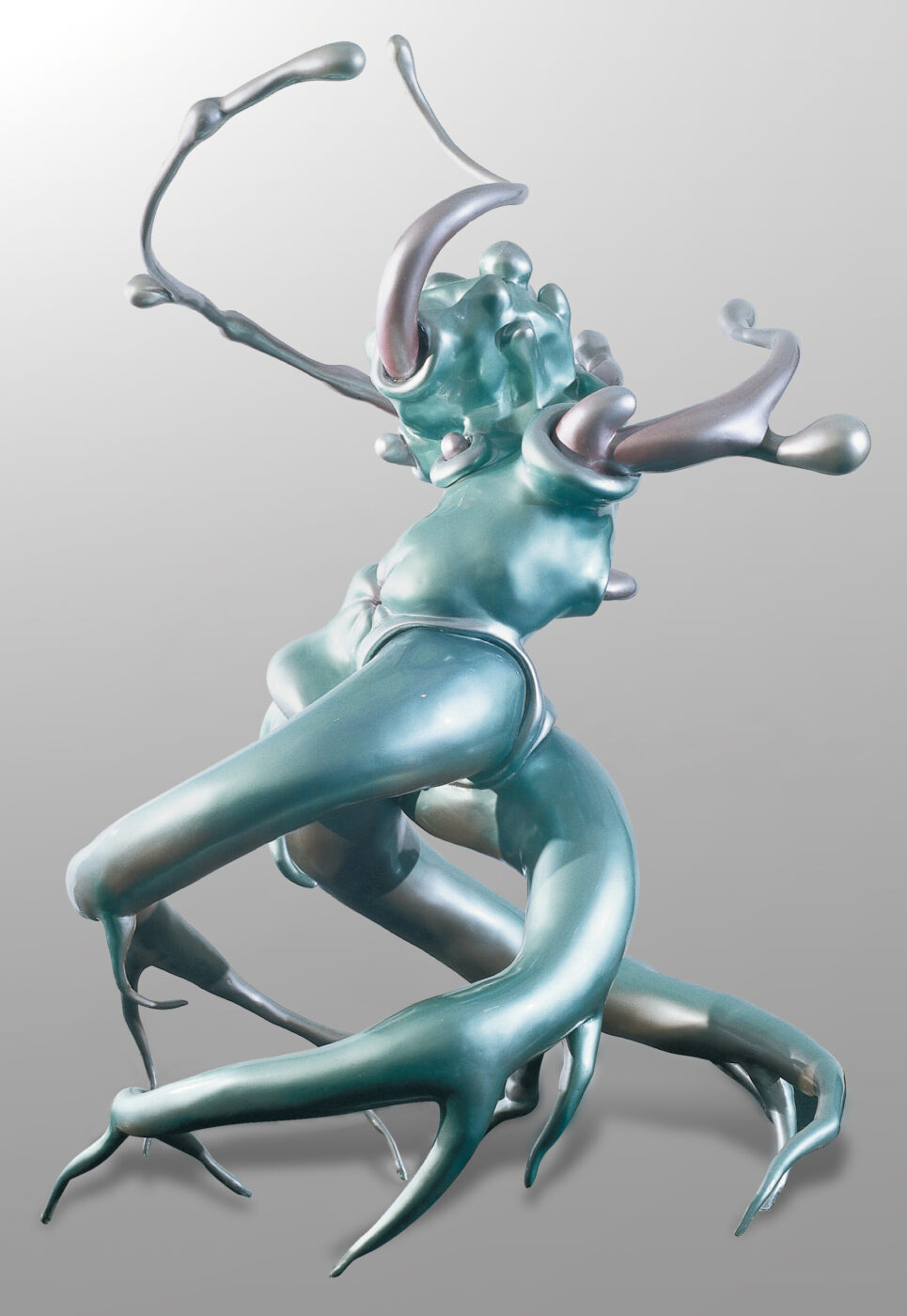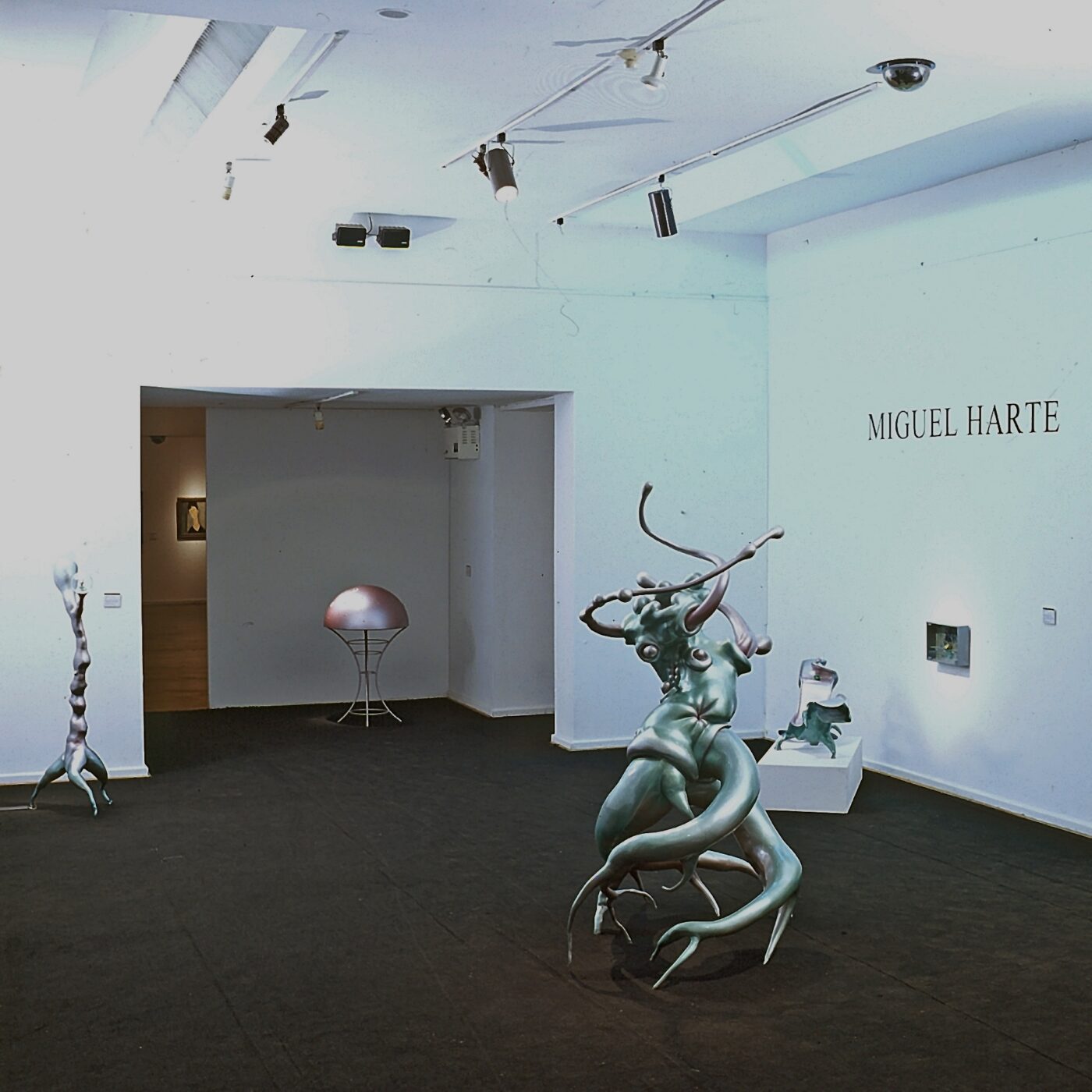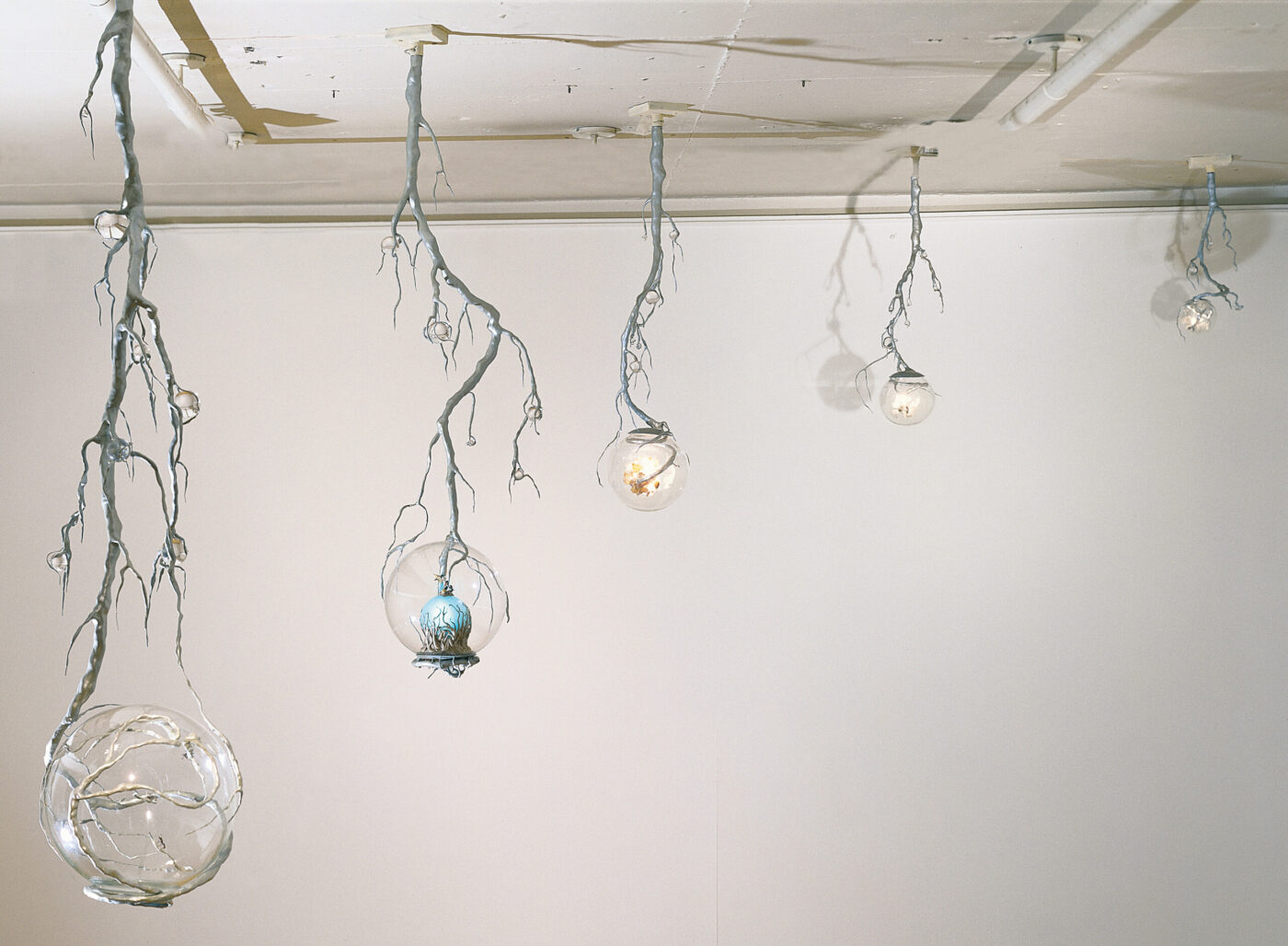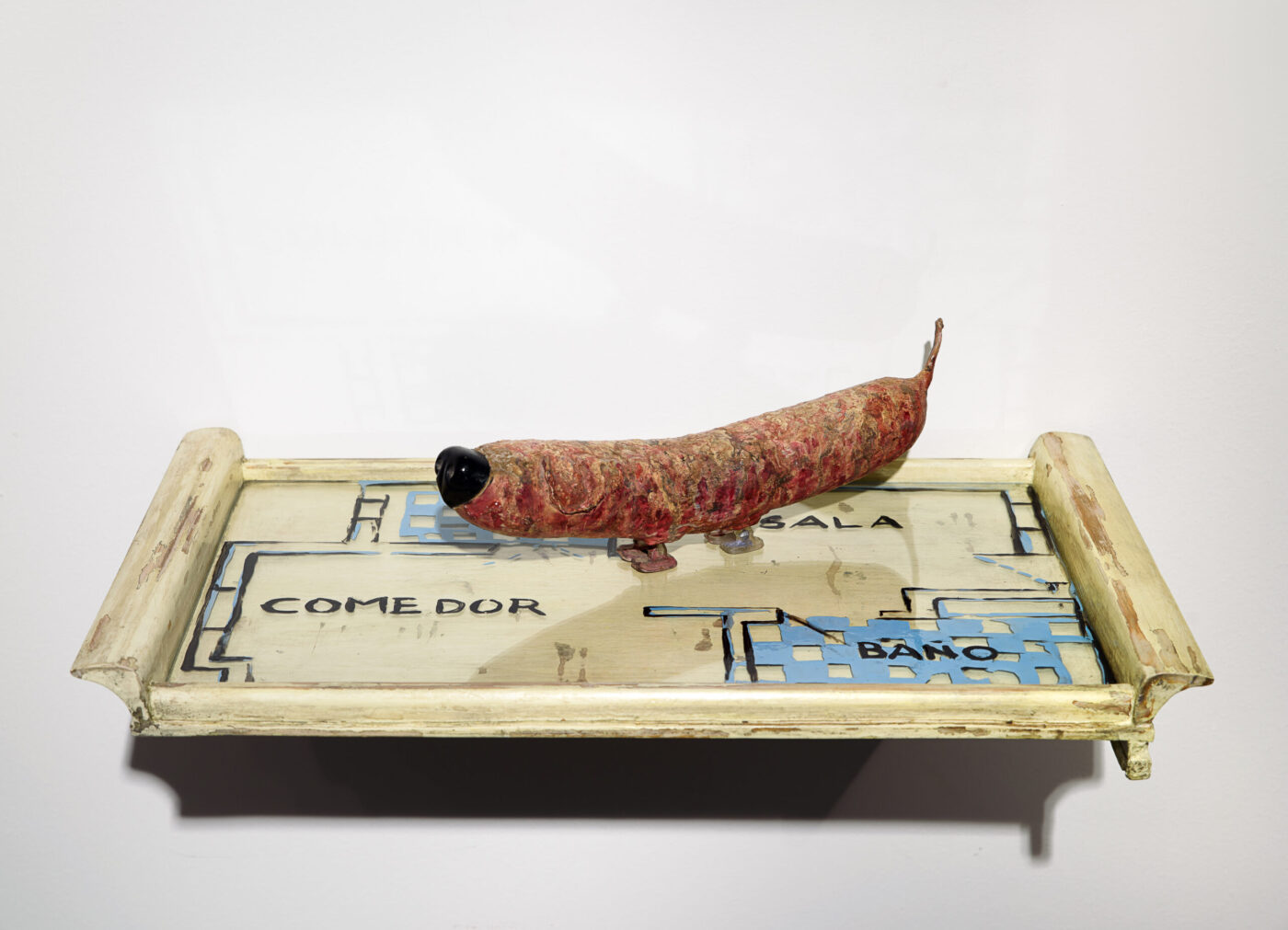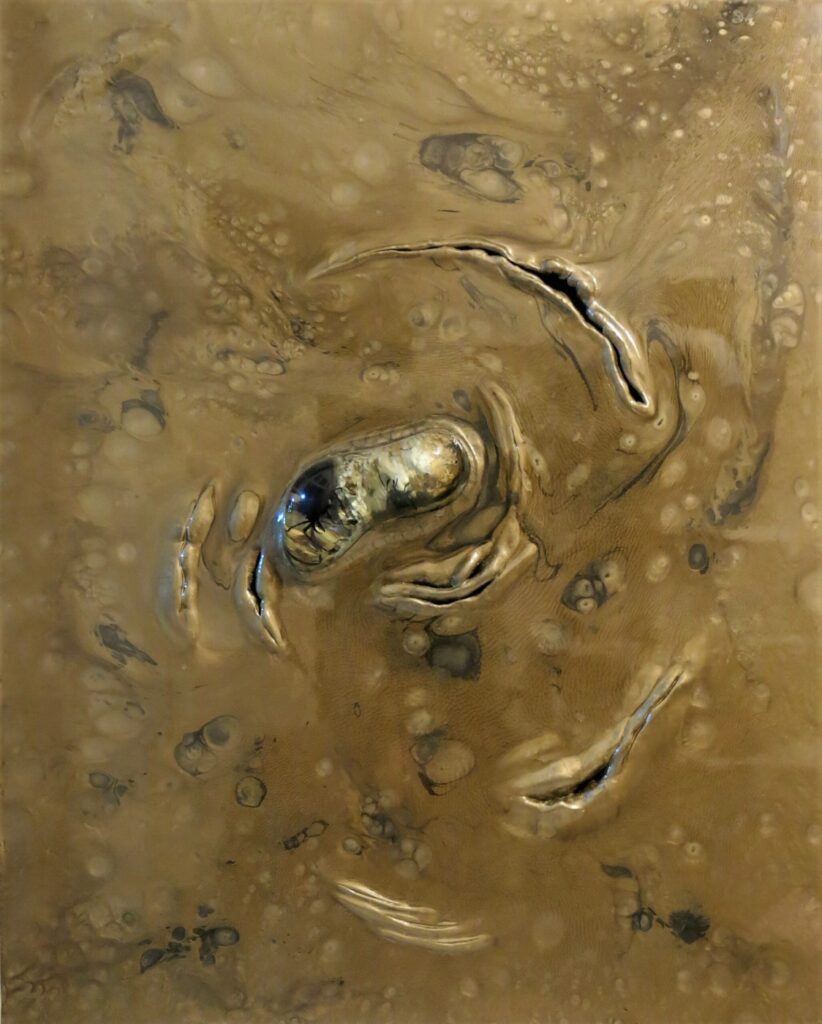about
Miguel Harte (Buenos Aires, 1961) emerged as an artist in the late-1980s. He became a key member of the influential art scene that developed between that decade and the following one around the Rojas Cultural Center Gallery, participating in the iconic 1989 exhibition, Harte-Pombo-Suarez.
During the course of the 1990s he found a language and a materiality of his own, that does not place him squarely in any generic art movement, but in a locus as a unique artist, whose work has resisted an immediate definition. His artistic practice has been approached through concepts such as viscerality, mutant biology, science fiction, the cosmic or the microscopic. International curator Gabriel Pérez Barreiro has written about Harte: “Although several lineages can be established for Harte’s work within the rich and obscure traditions of Argentine art, we can say that he is a singular artist“. Harte’s work has been characterized by complex and impeccable production processes, using industrial materials and techniques such as car body paint, which he ductilely twists for his artistic purposes.
Miguel Harte has an extensive trajectory of exhibitions and awards. Among the most important institutional exhibitions are Como una piedra que sueña, his retrospective at the Amalita Collection, Buenos Aires, in 2022 and his solo show at the Museo Nacional de Bellas Artes in 2003. His work has also been exhibited at Bienal Sur; Museo de Arte Moderno de Buenos Aires; Fundación OSDE; Museo de Arte Contemporáneo de Bogotá, among other institutions. Miguel Harte has received many art awards in Argentina, including the Bicentennial Grand Prize, the Platinum Konex Award 2012; the First Prize Andreani Foundation 2011; the First Prize Klemm Foundation 2008; First Prize Sculpture, Fortabat Award; Artist of the Year, Museo Nacional de Bellas Artes, 1999 and the Baron de Ramefort Award, “To the Most Promising Young Artist of 1990”. His works are in the collections of the Museo de Arte Moderno de Buenos Aires, Museo Nacional de Bellas Artes, Museo Castagnino-MACRO, Rosario, Colección Fortabat and Blanton Museum, TX, USA, and many private collections.


